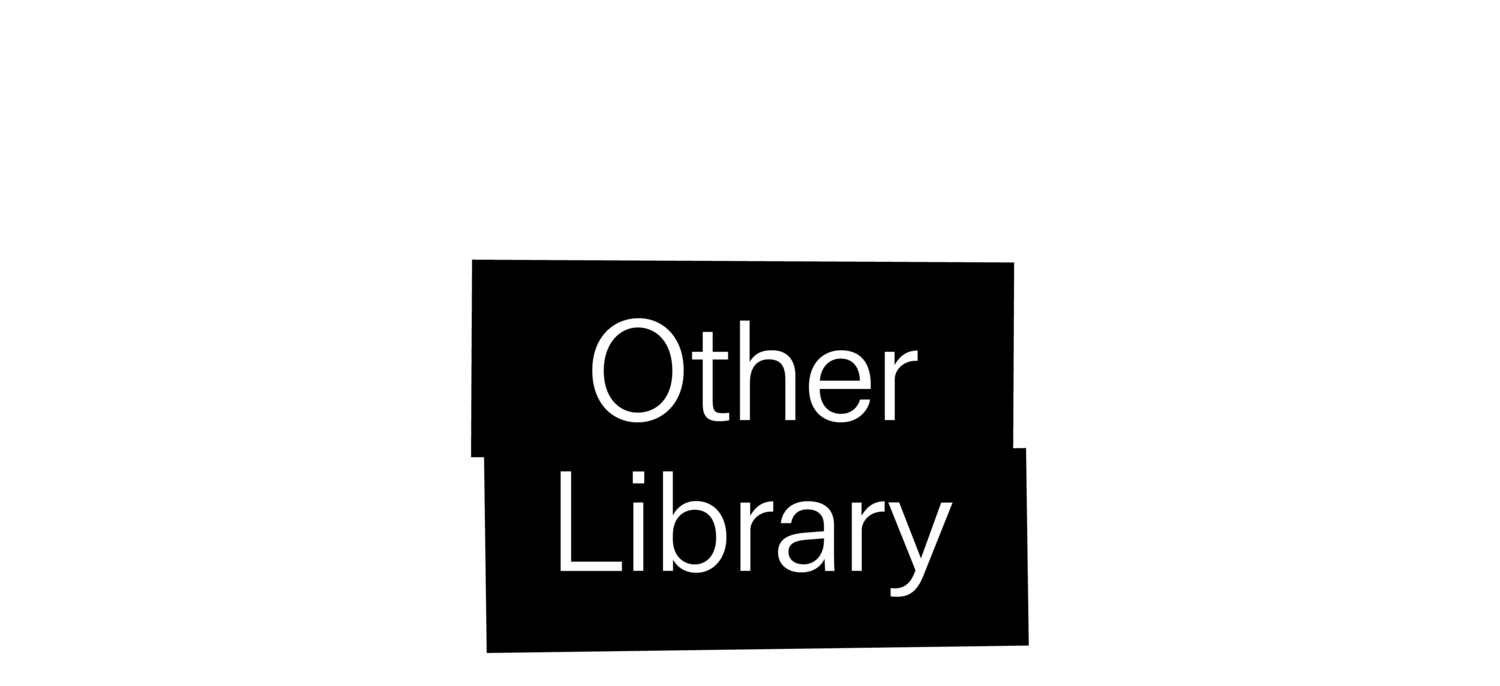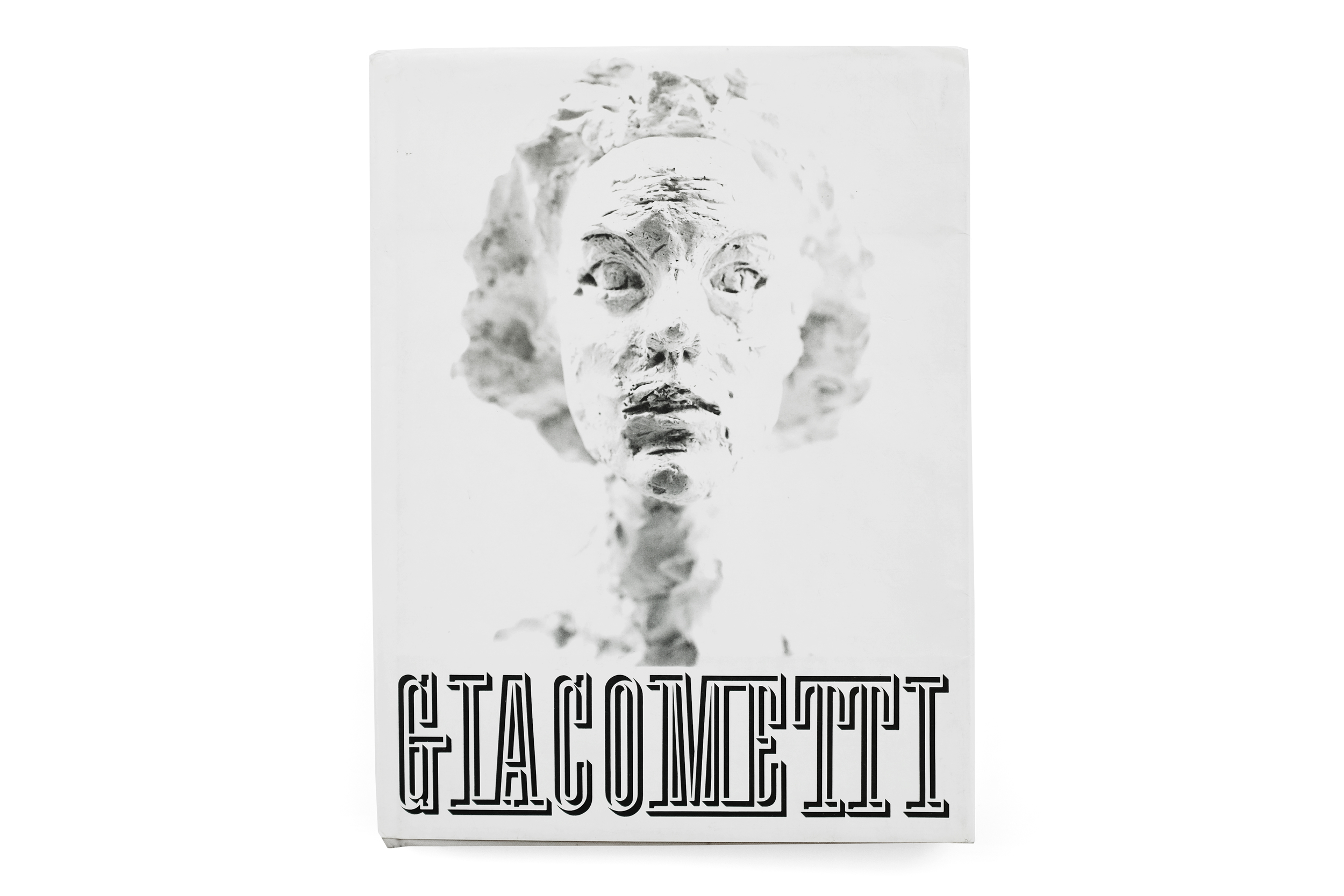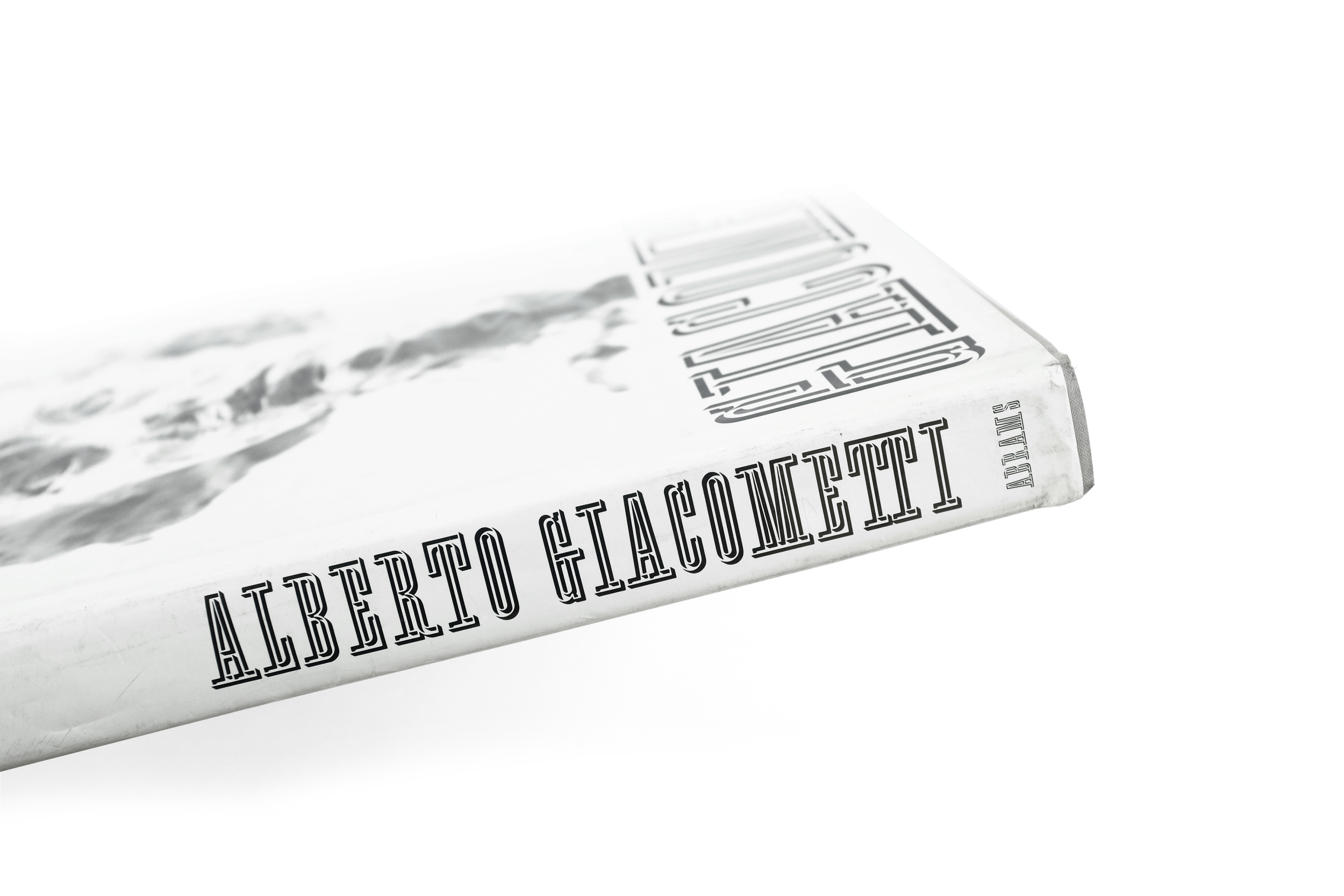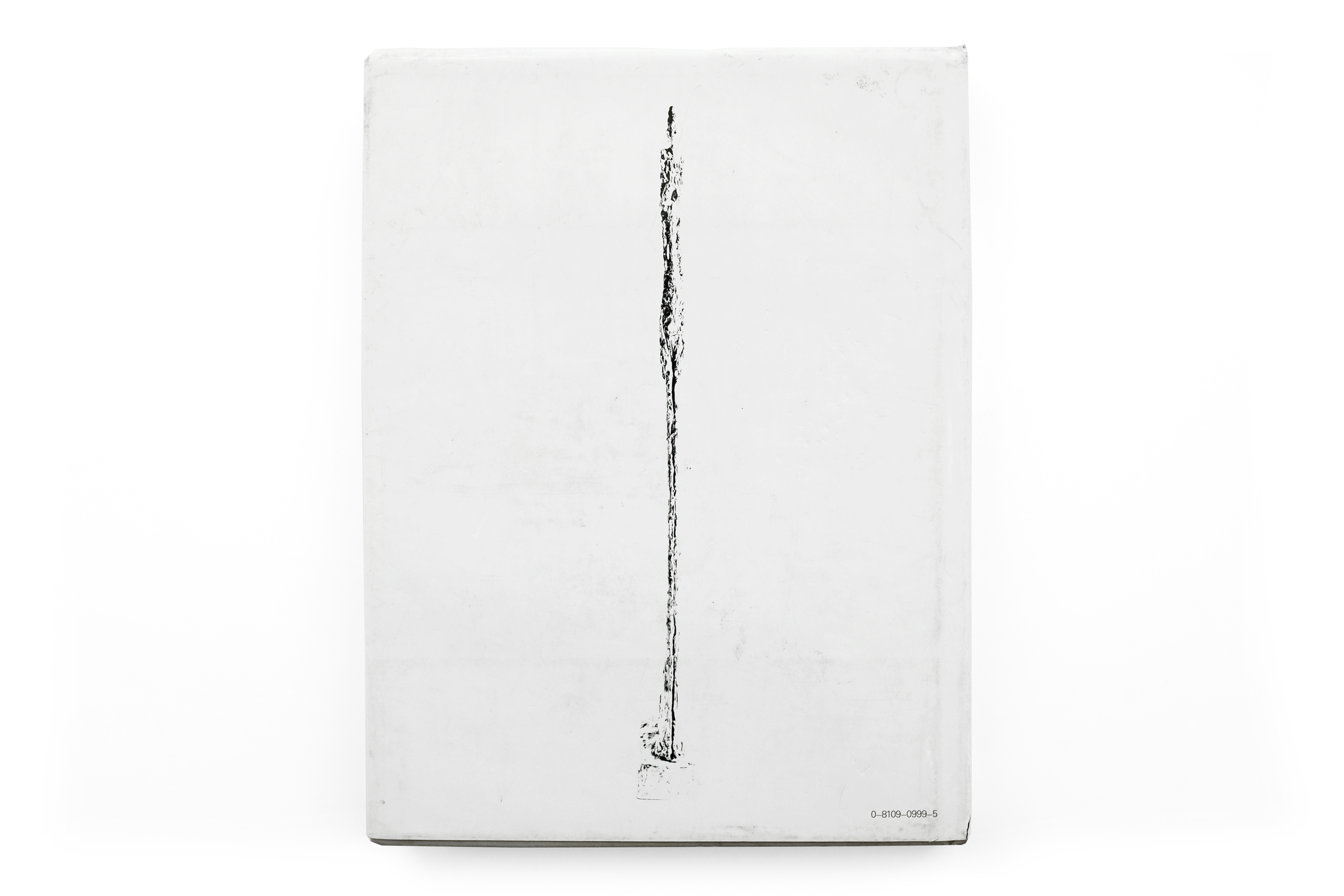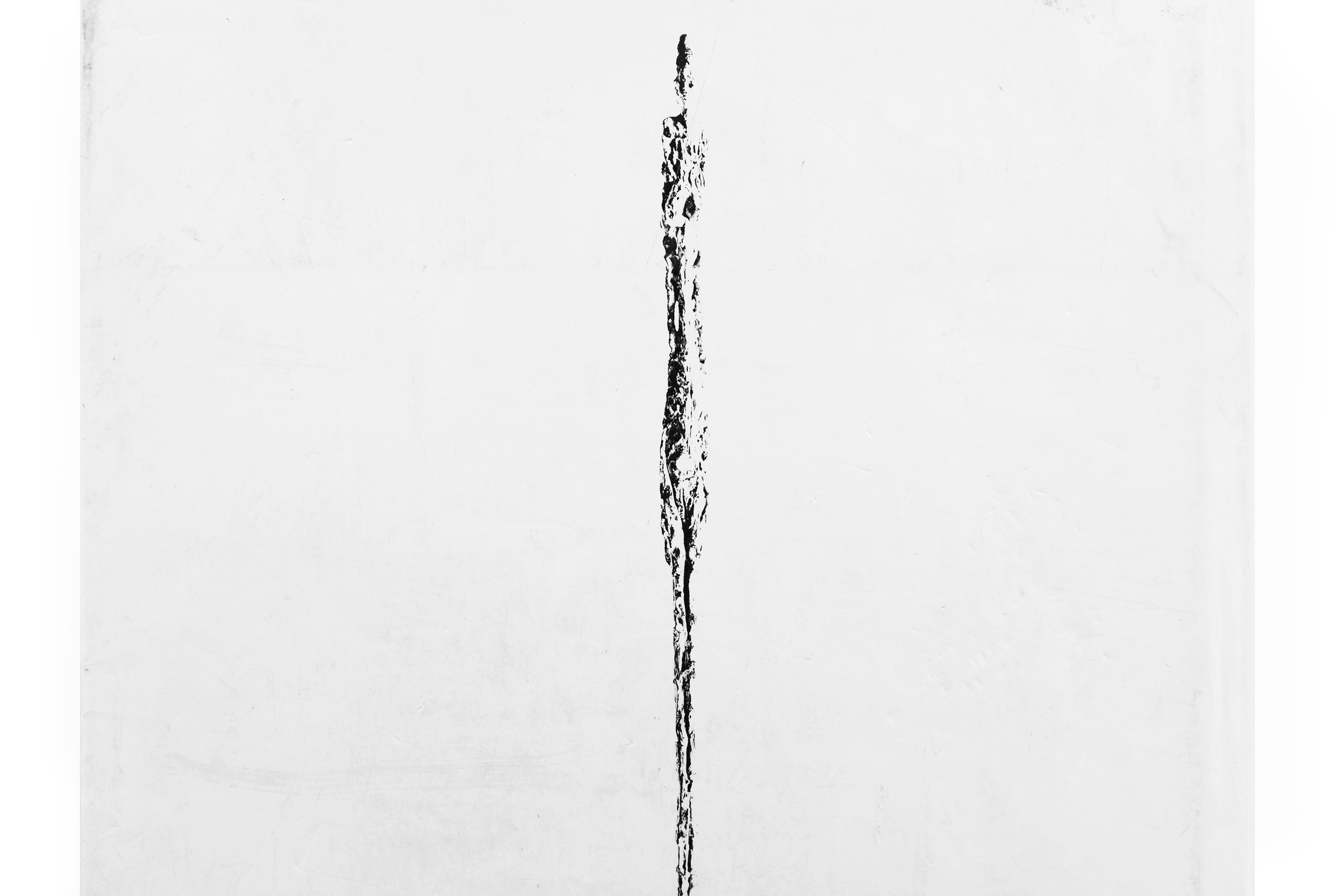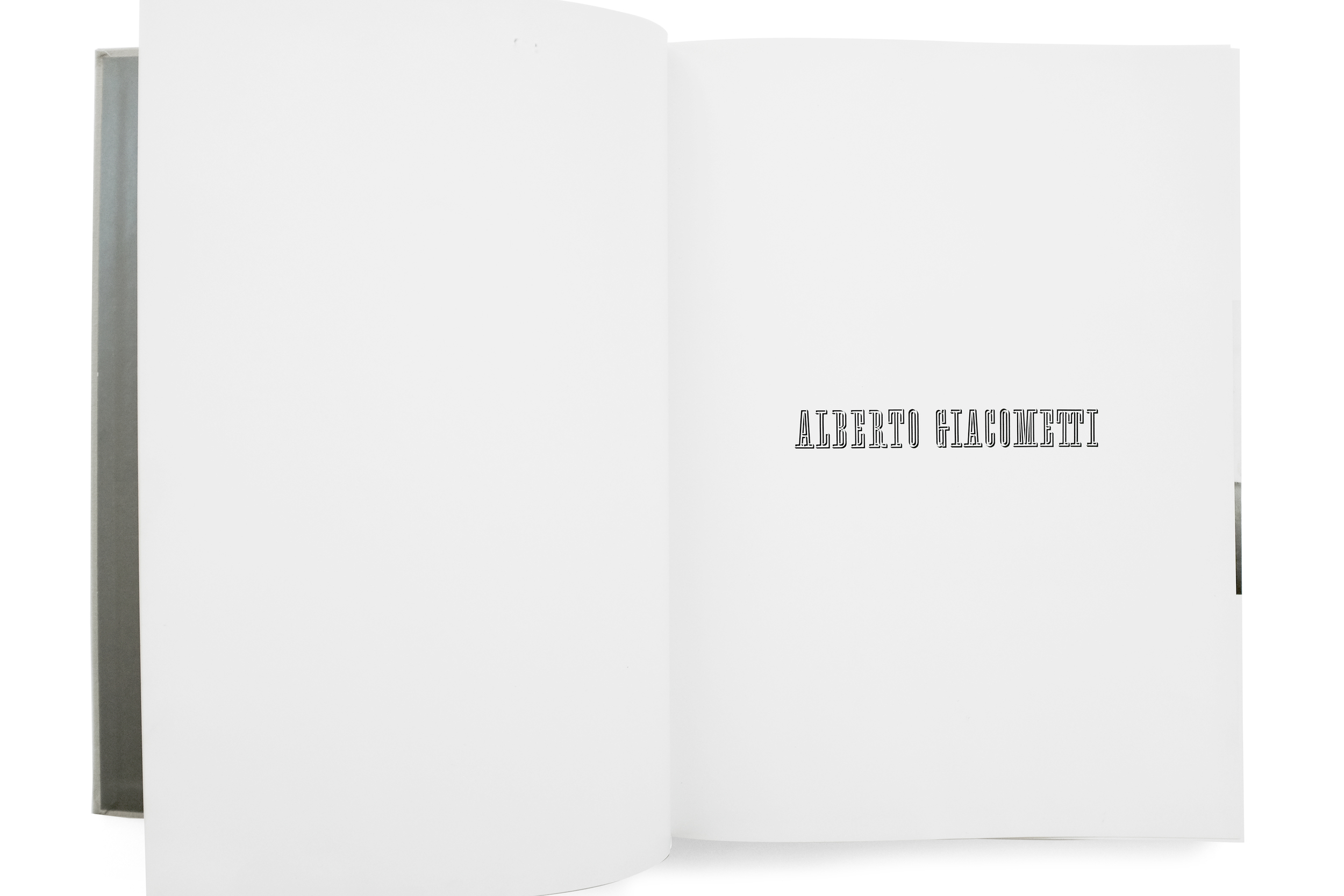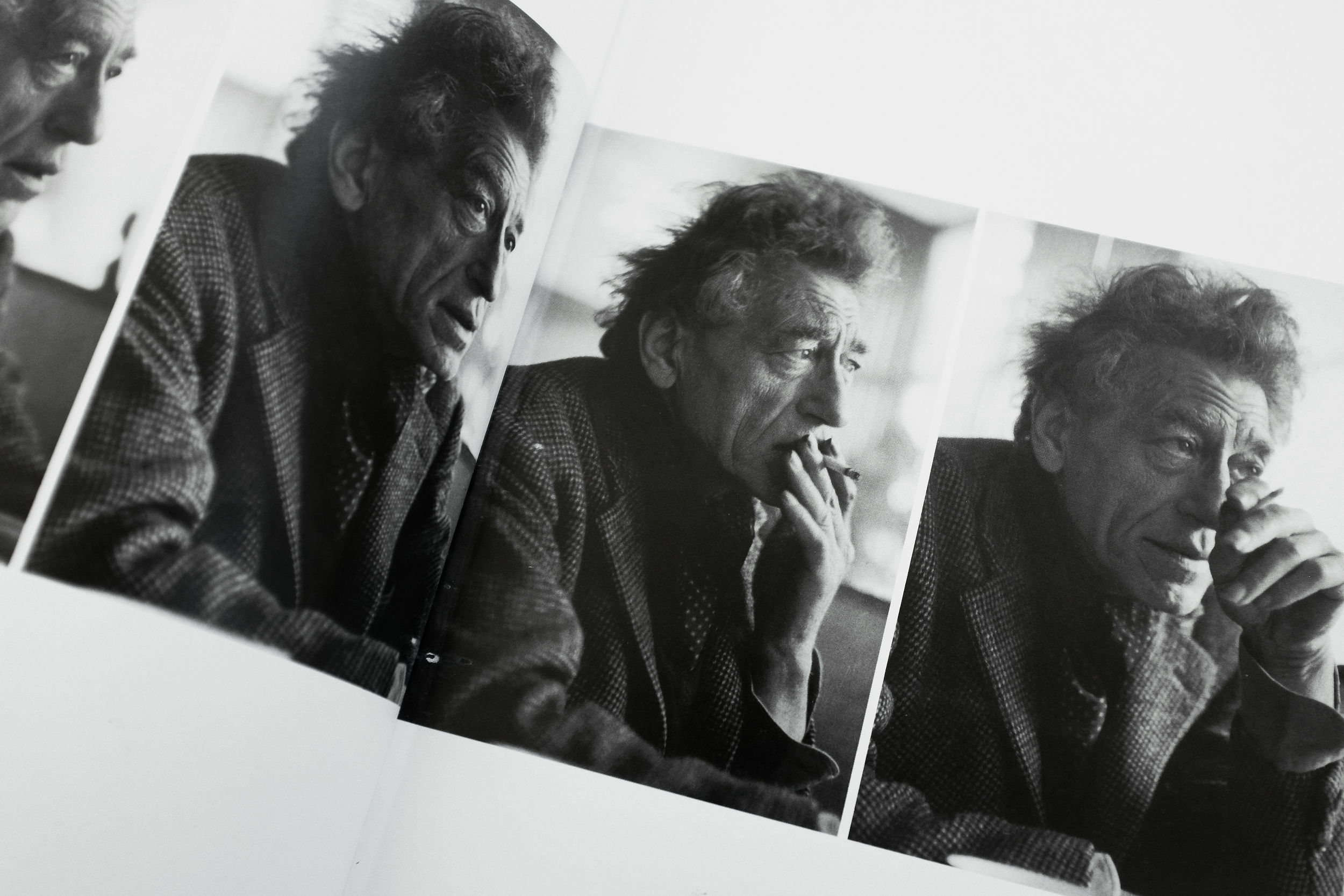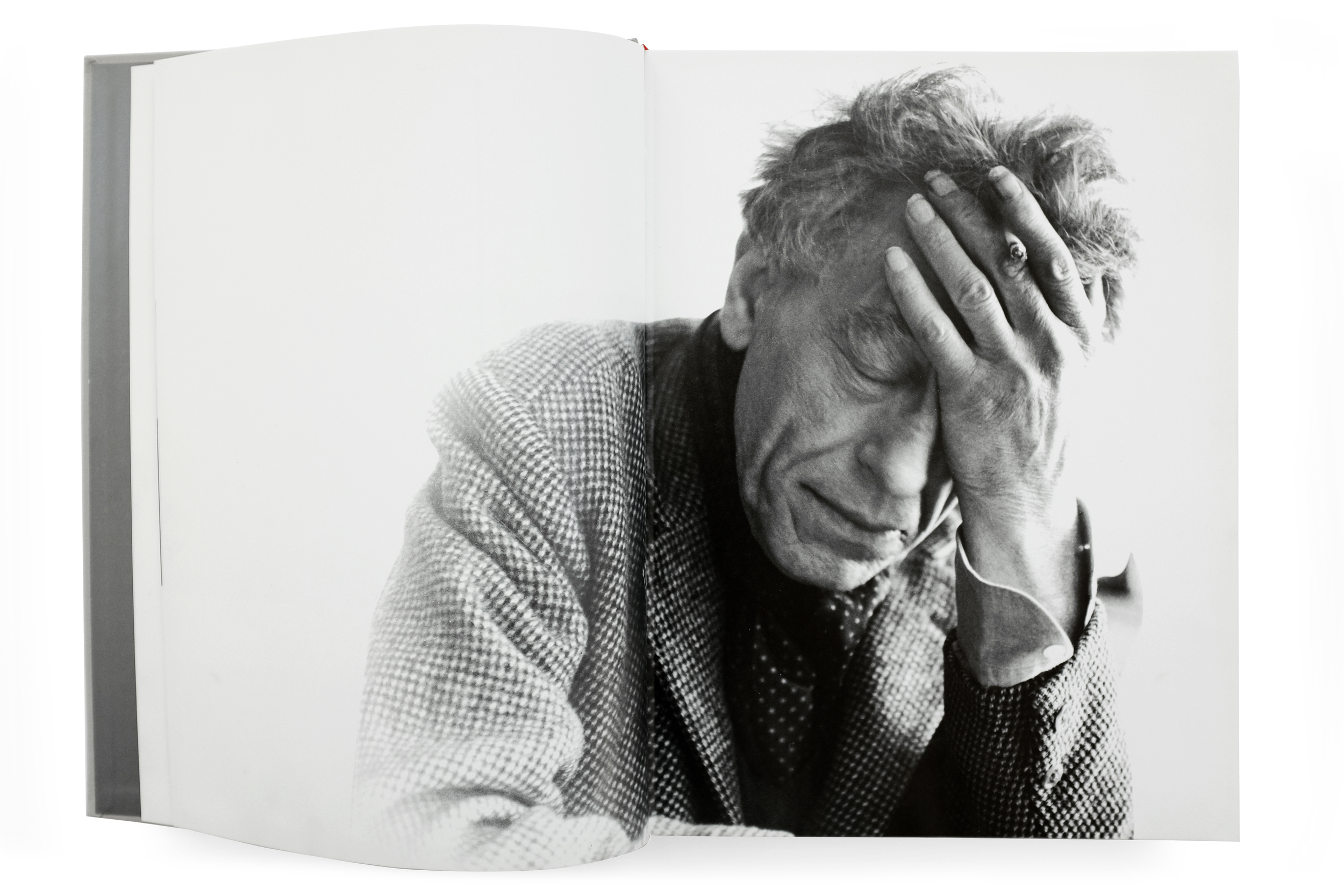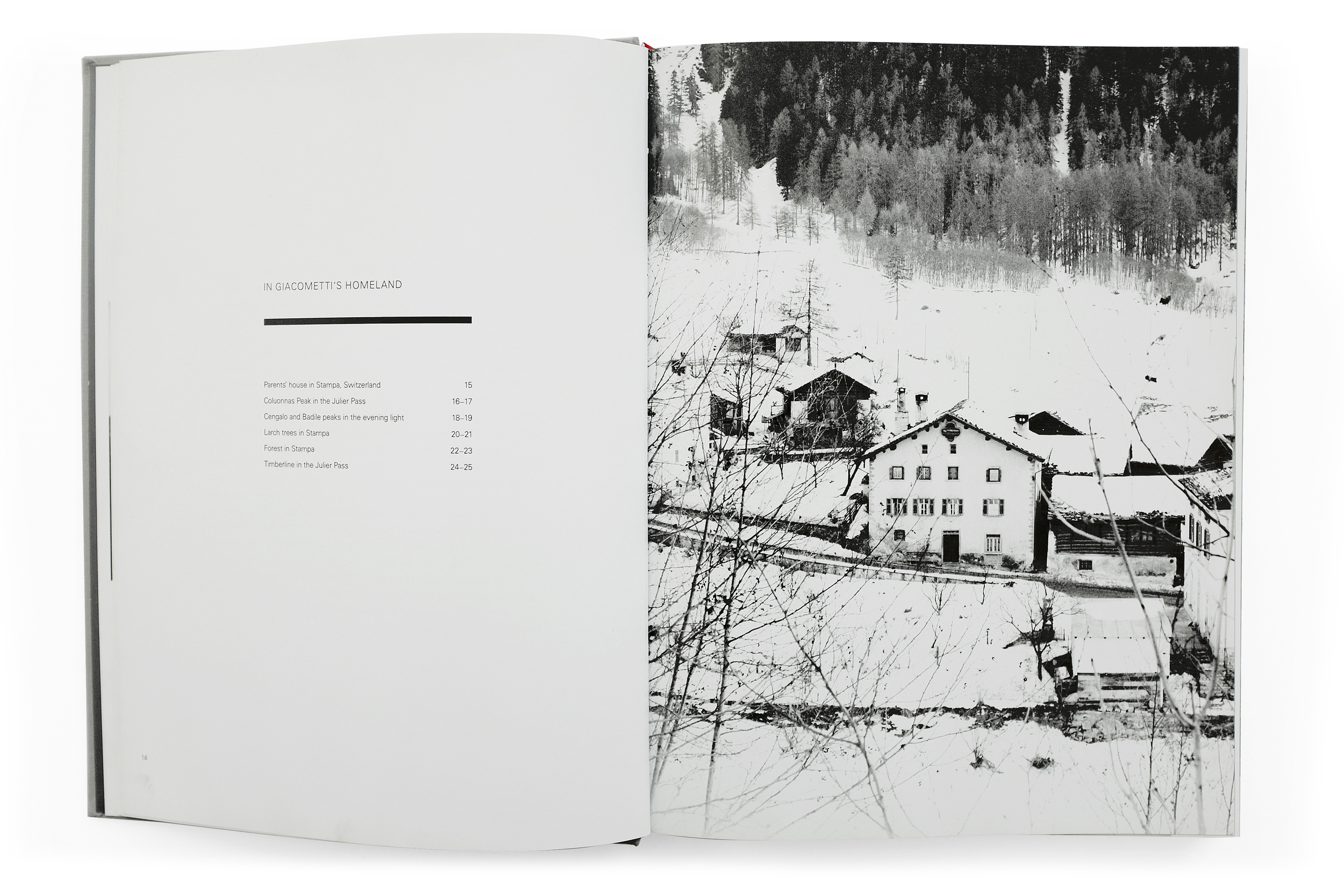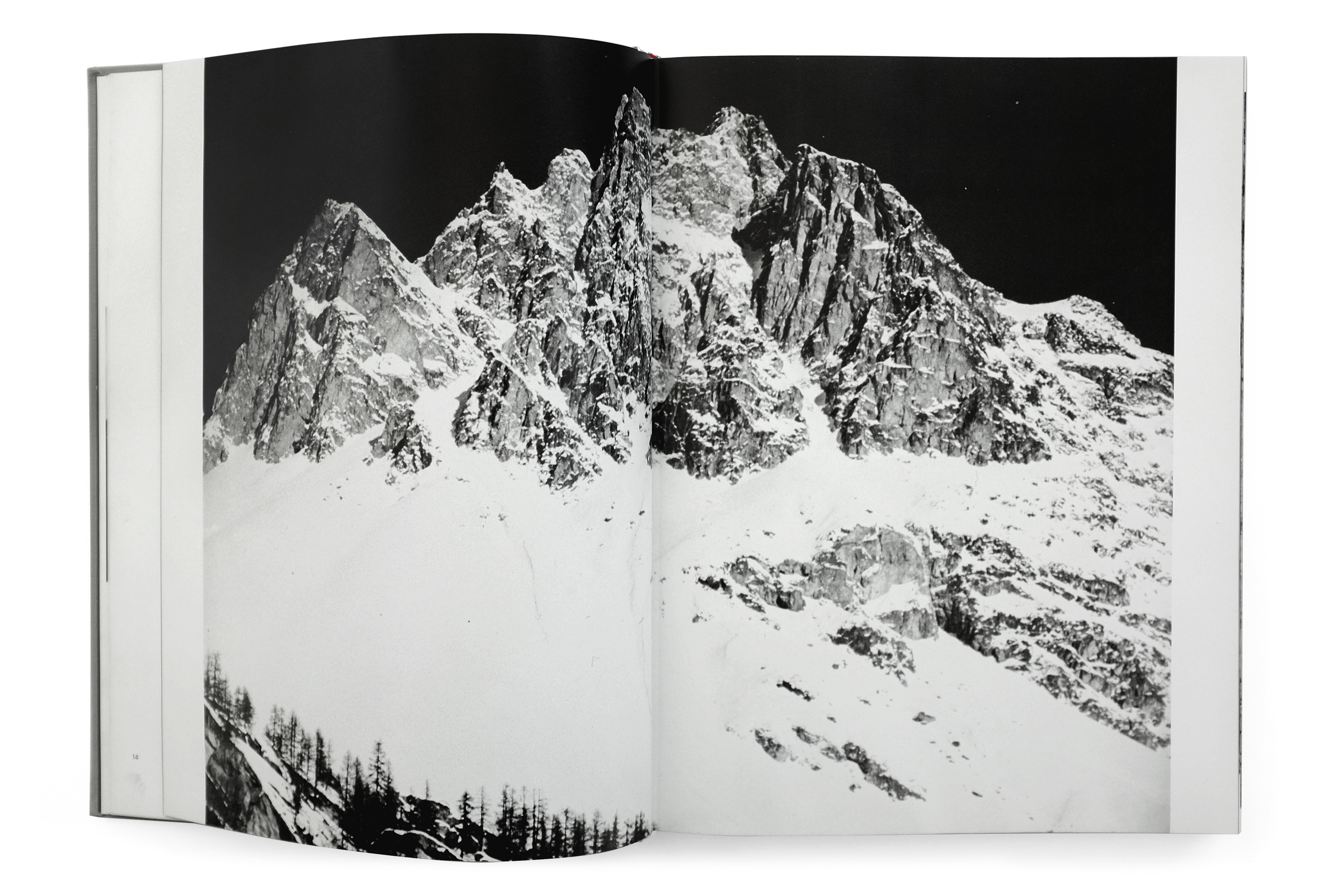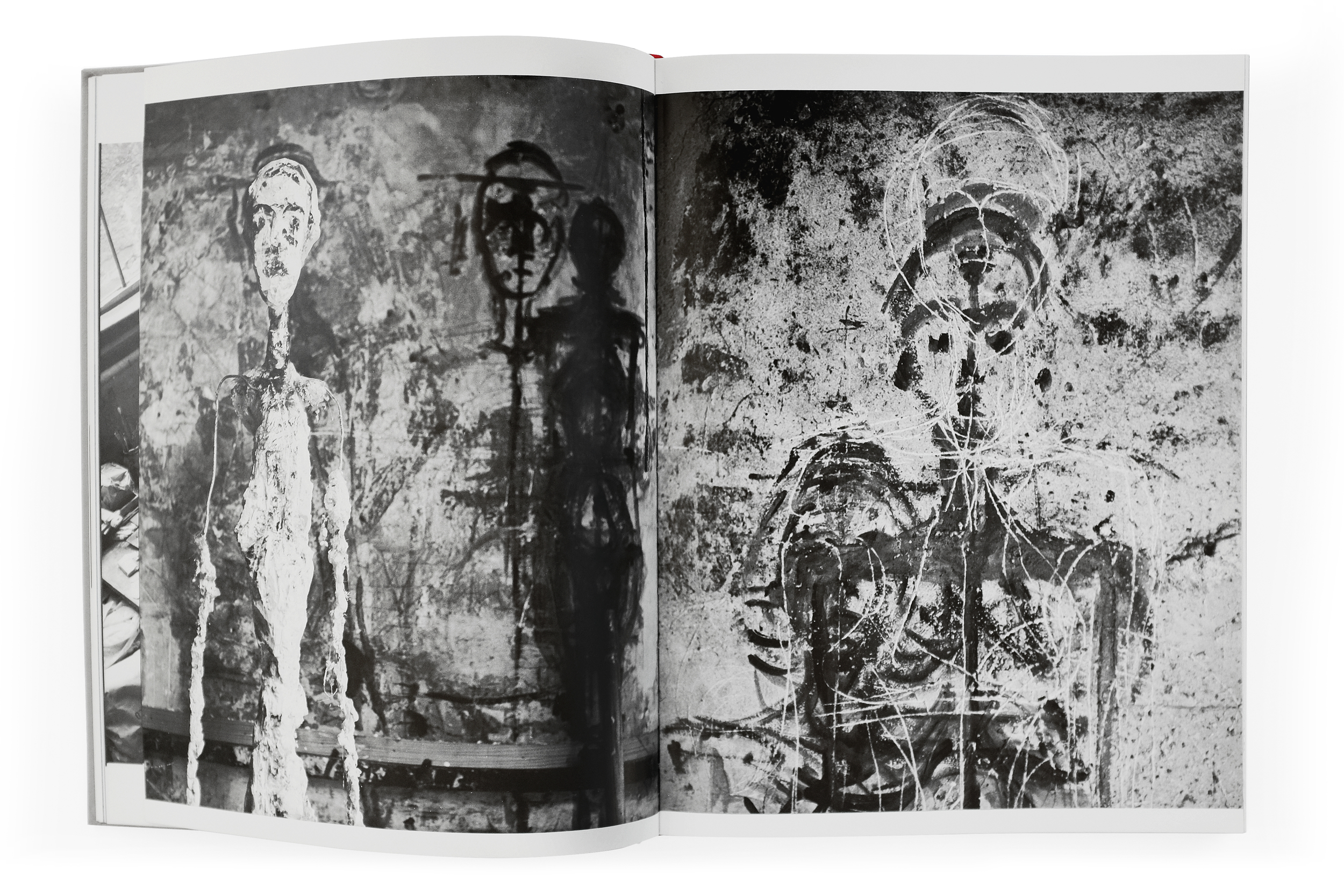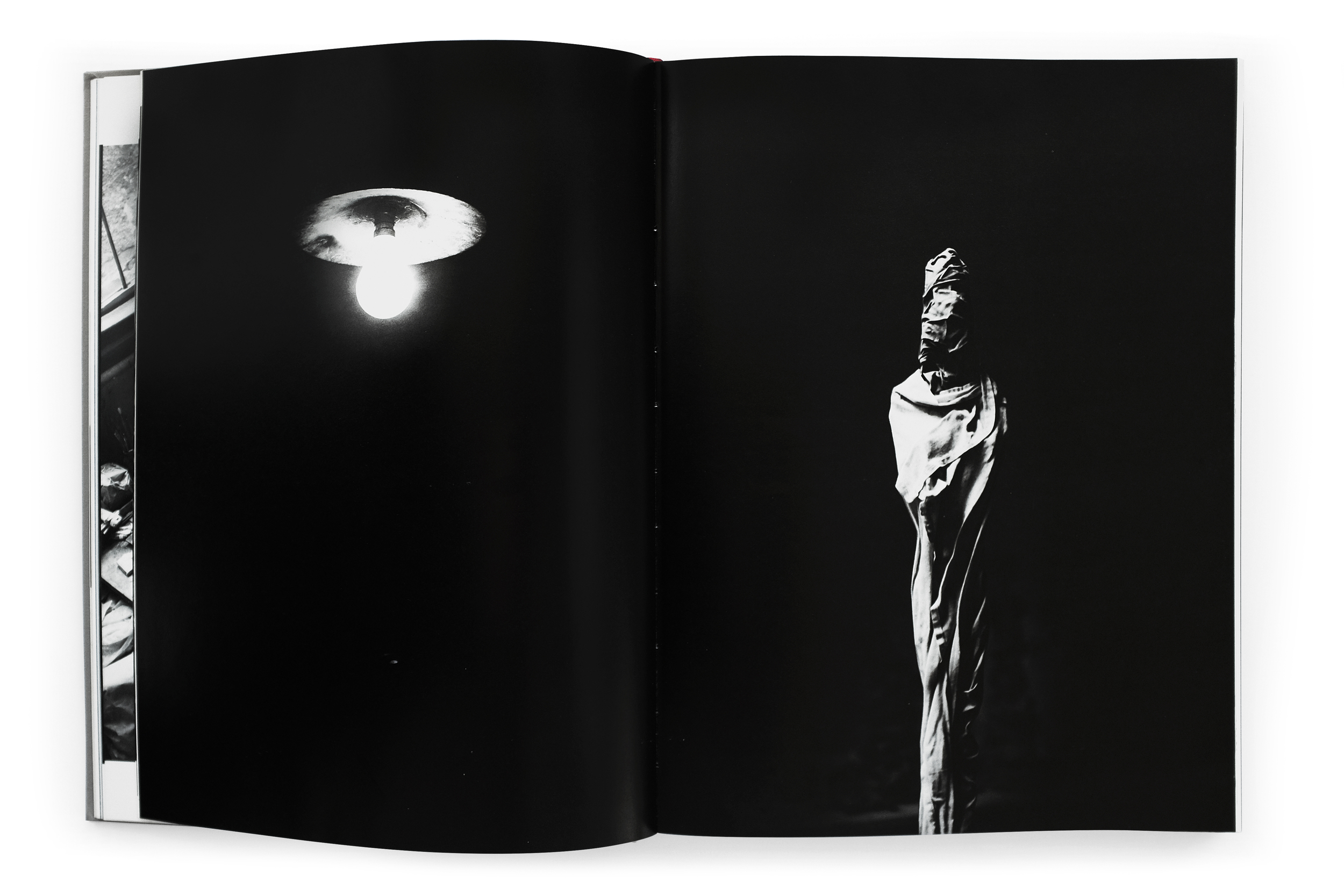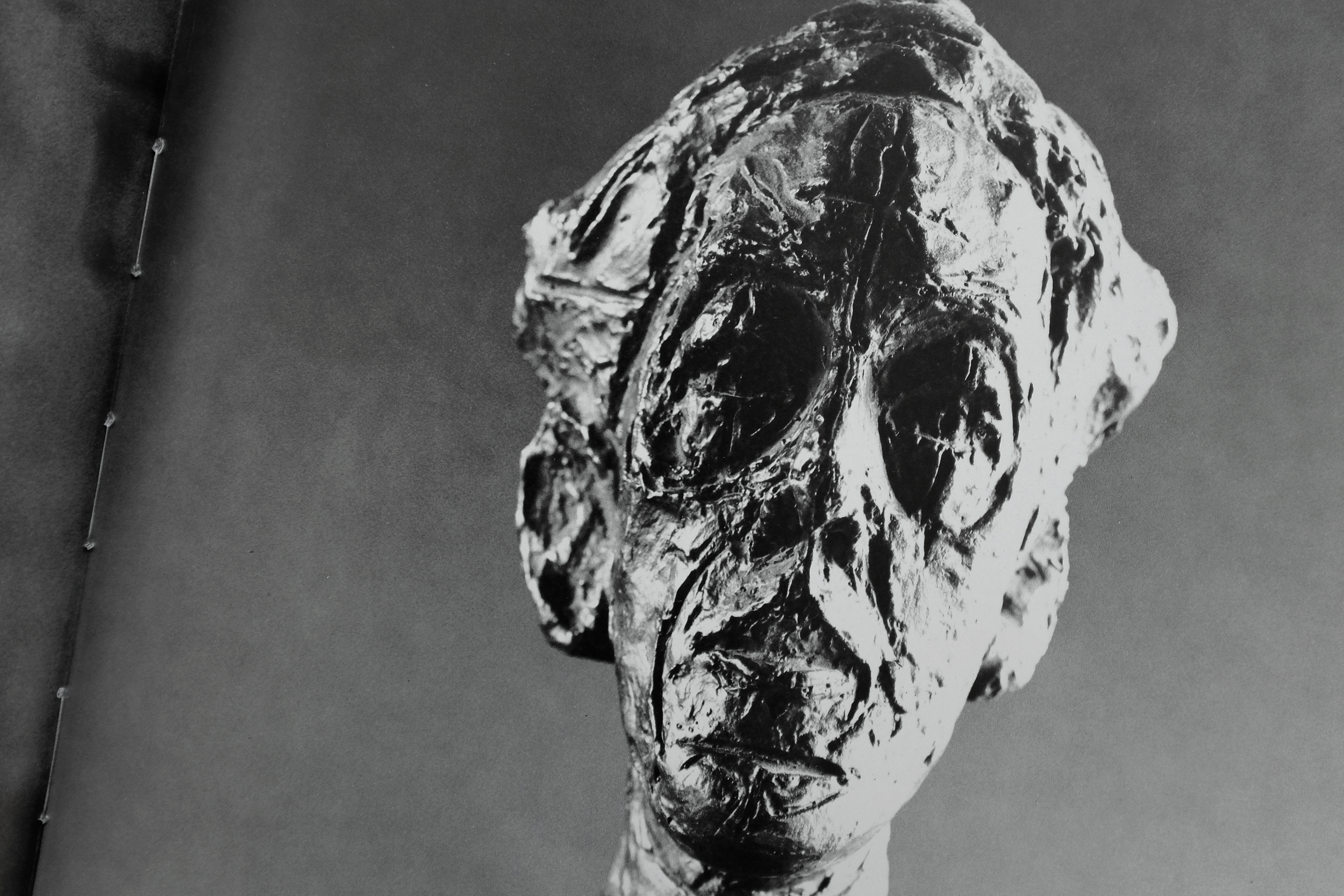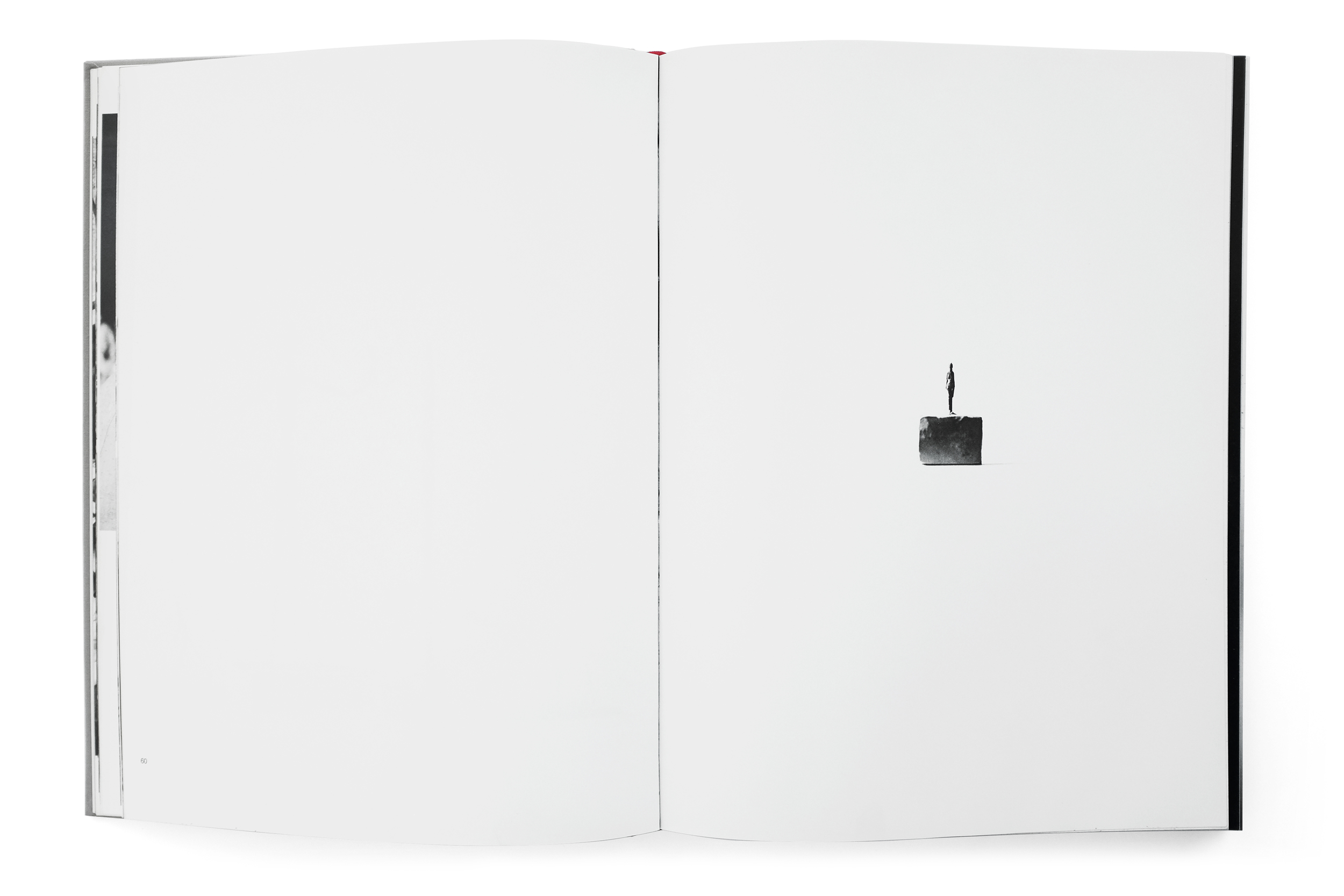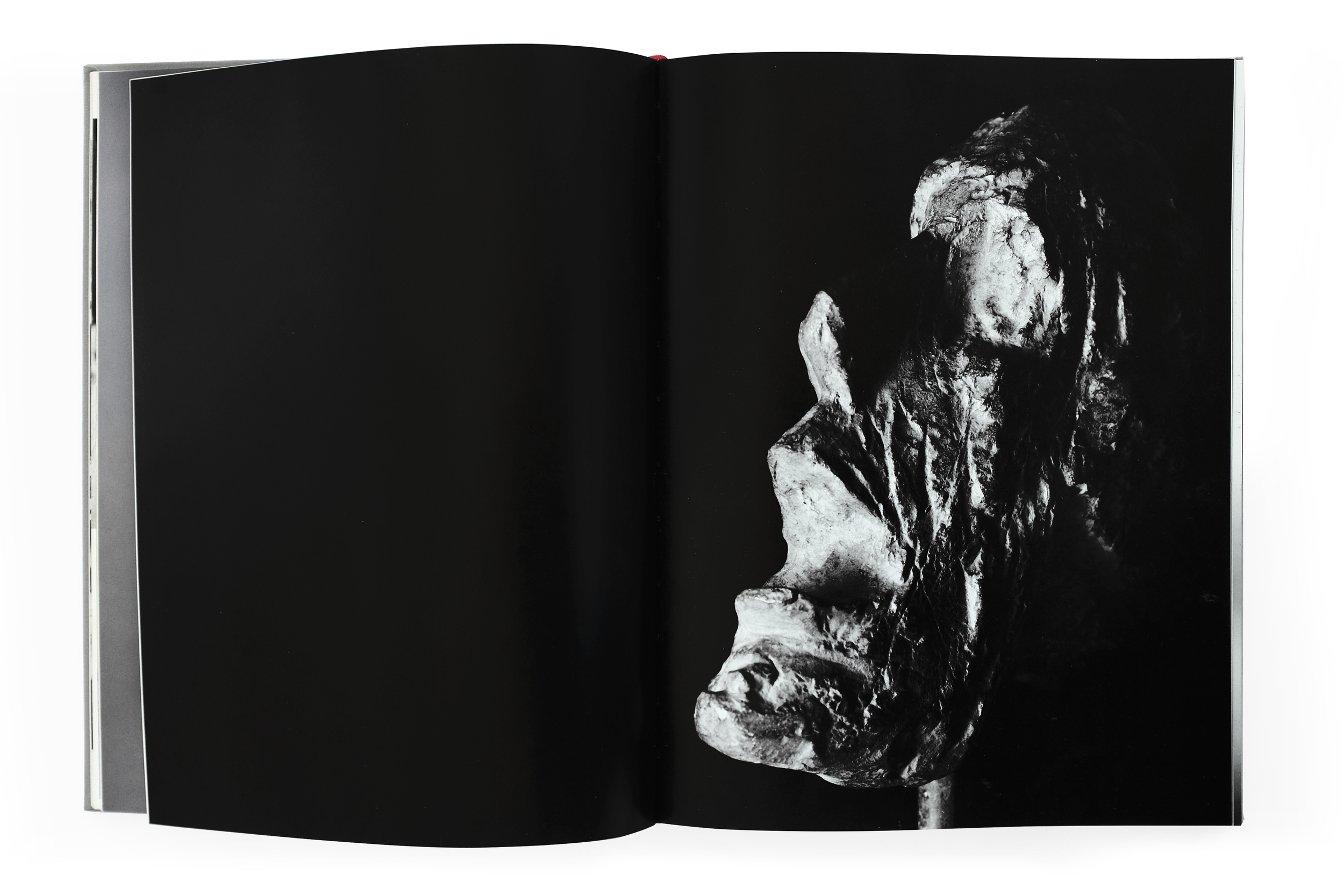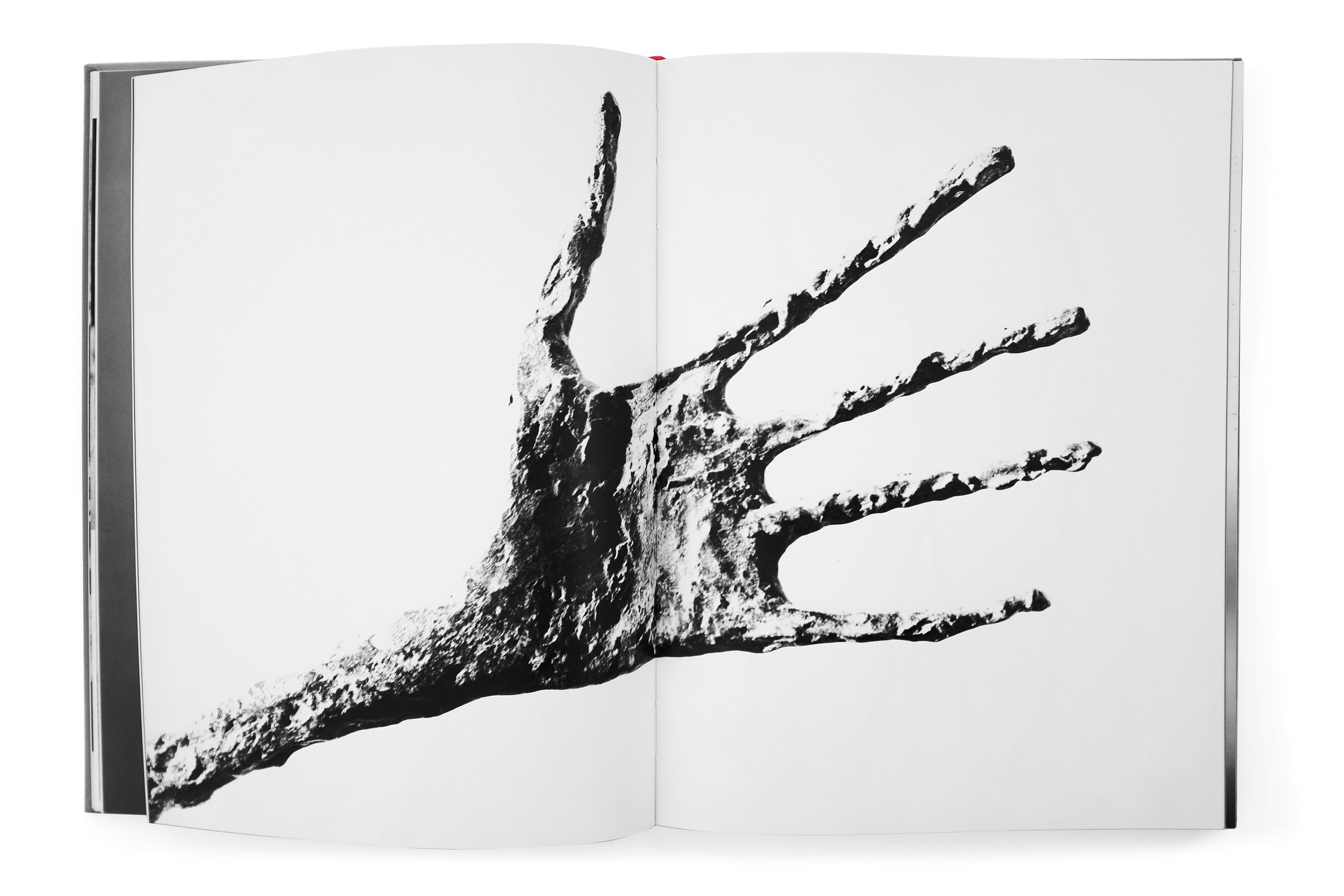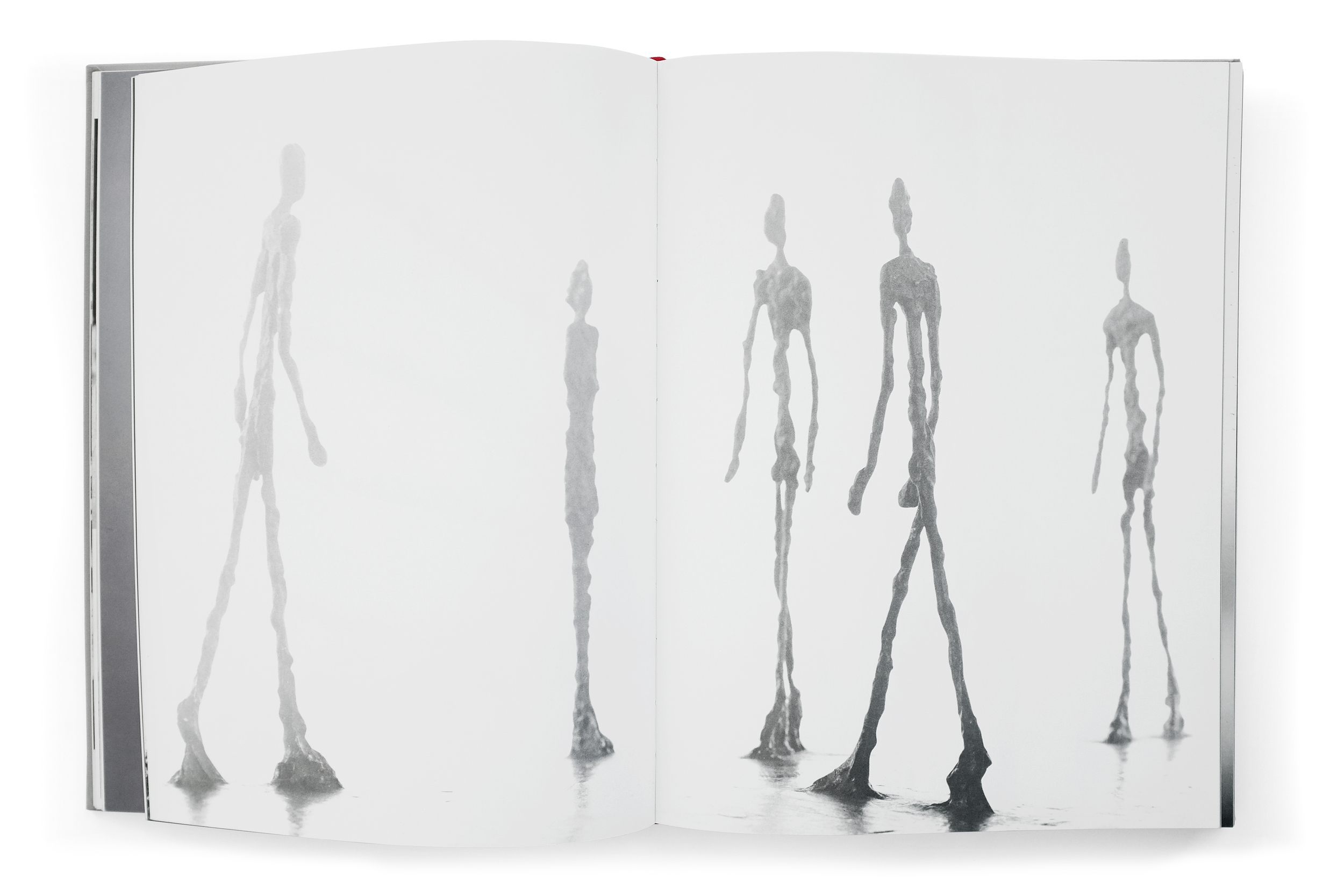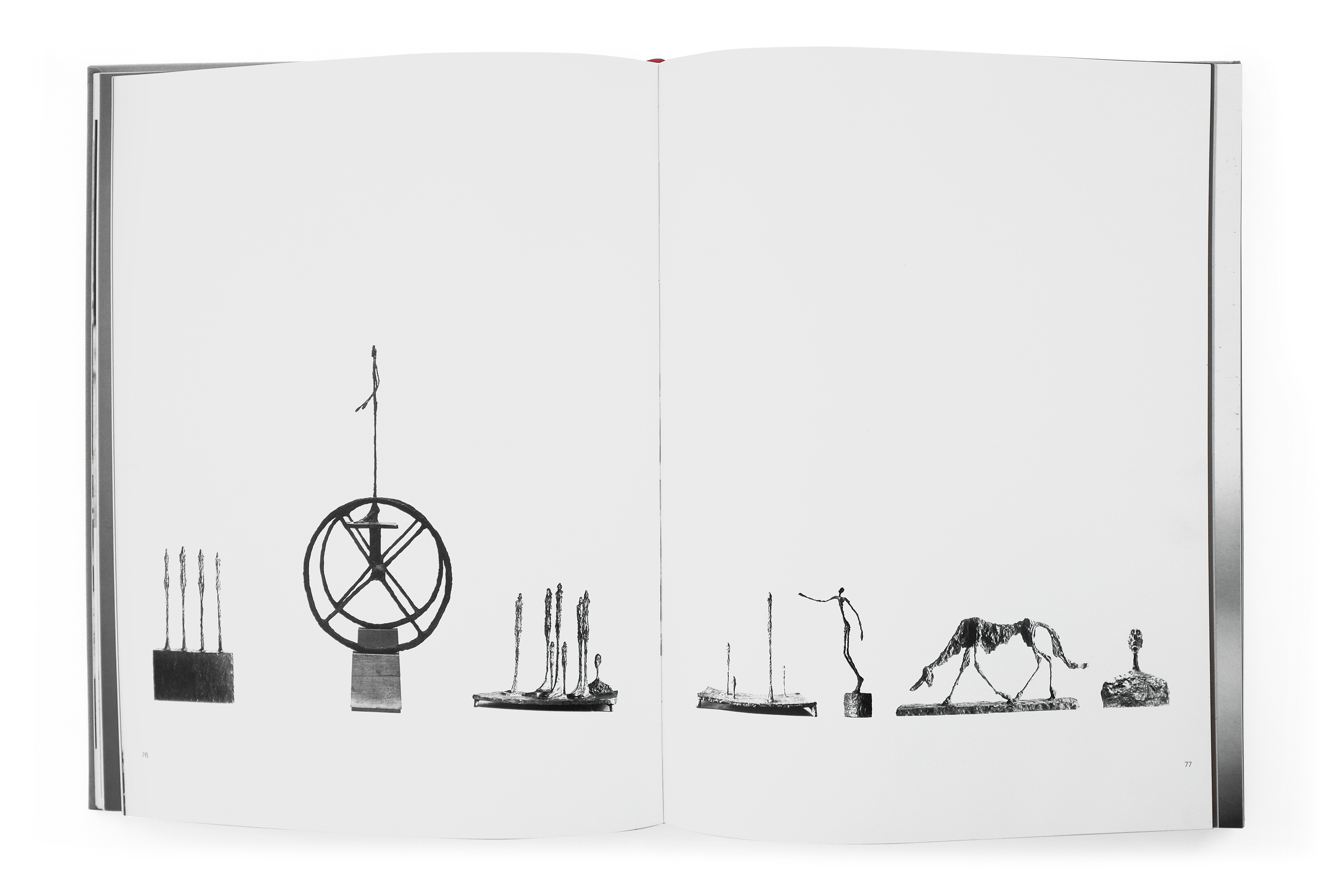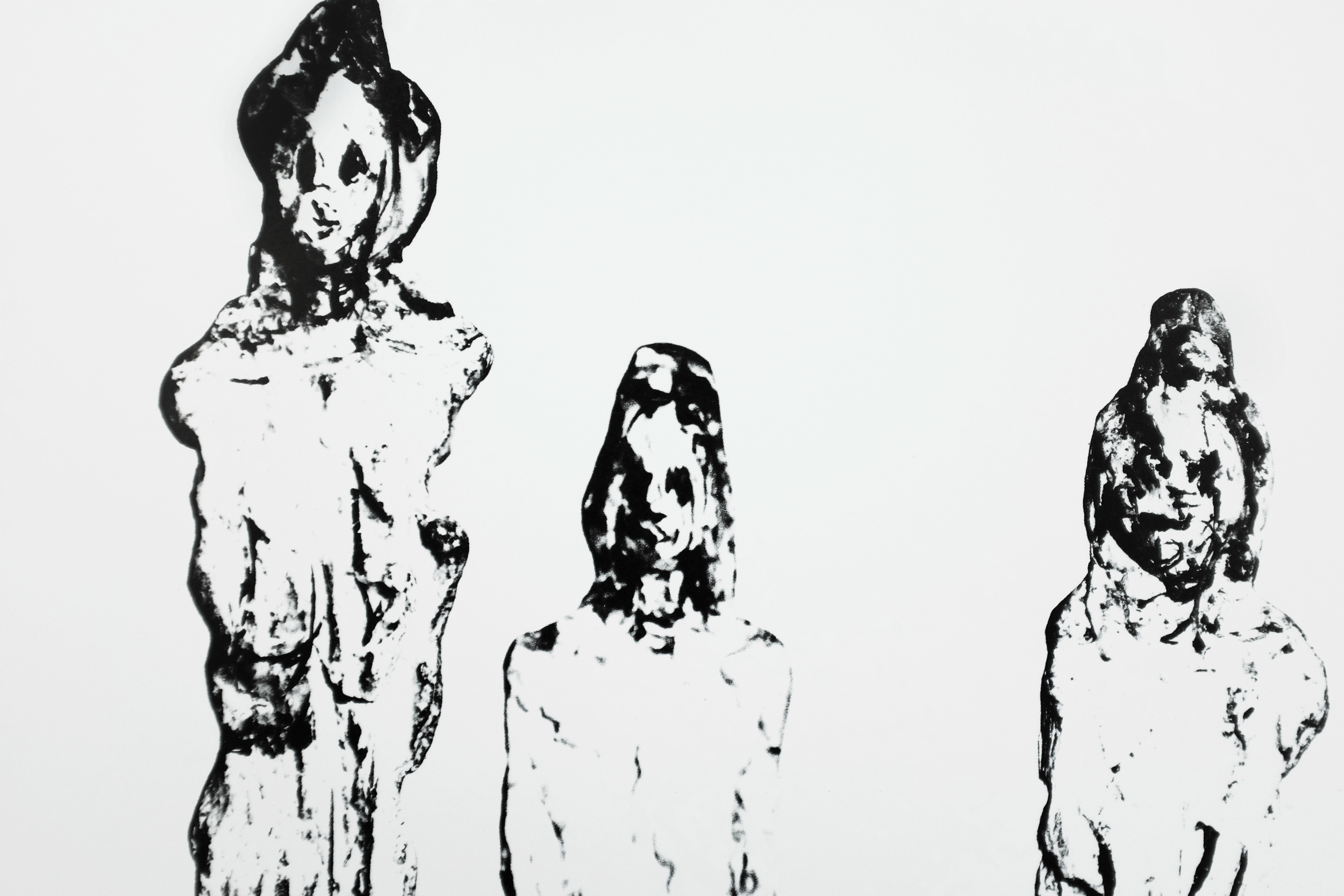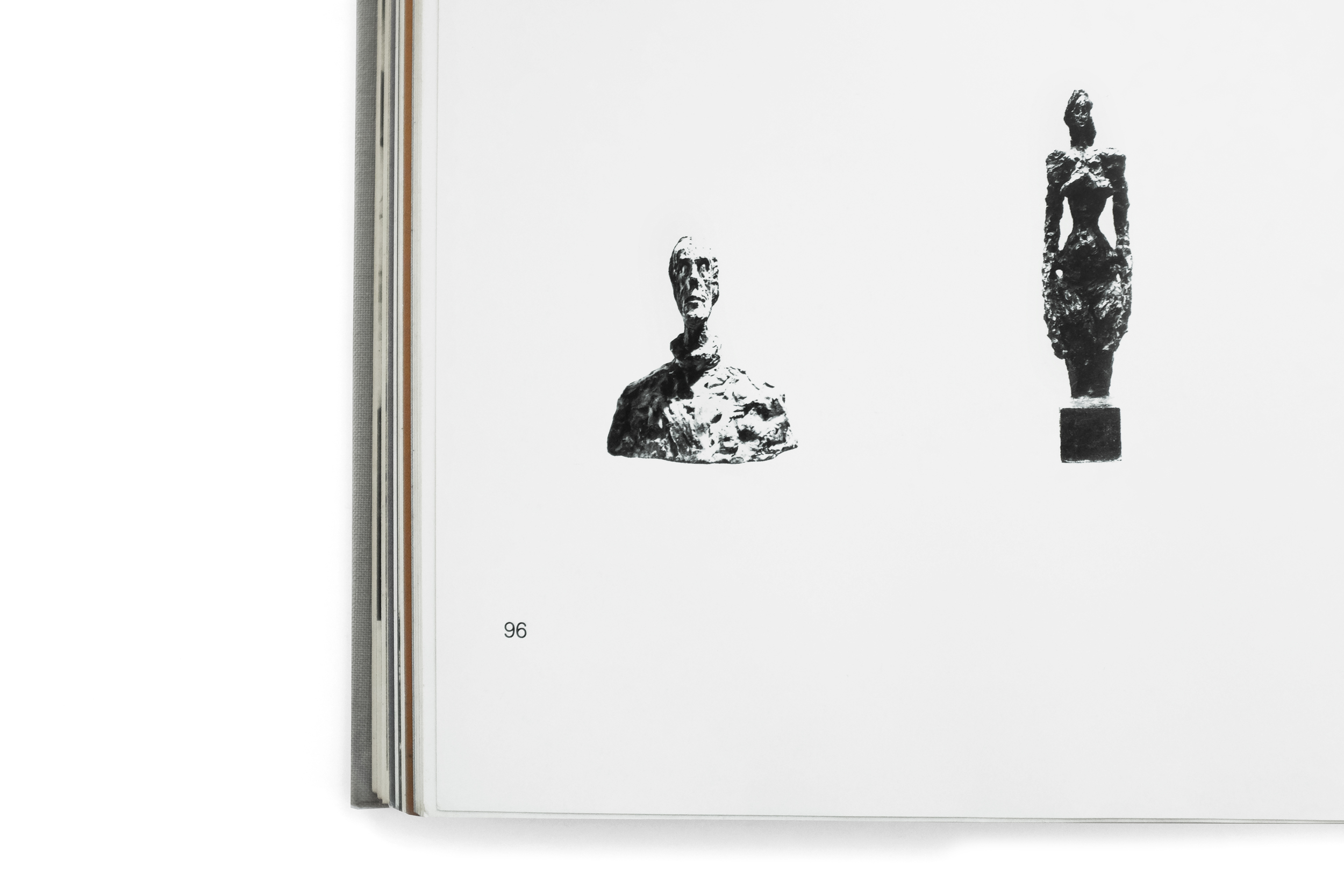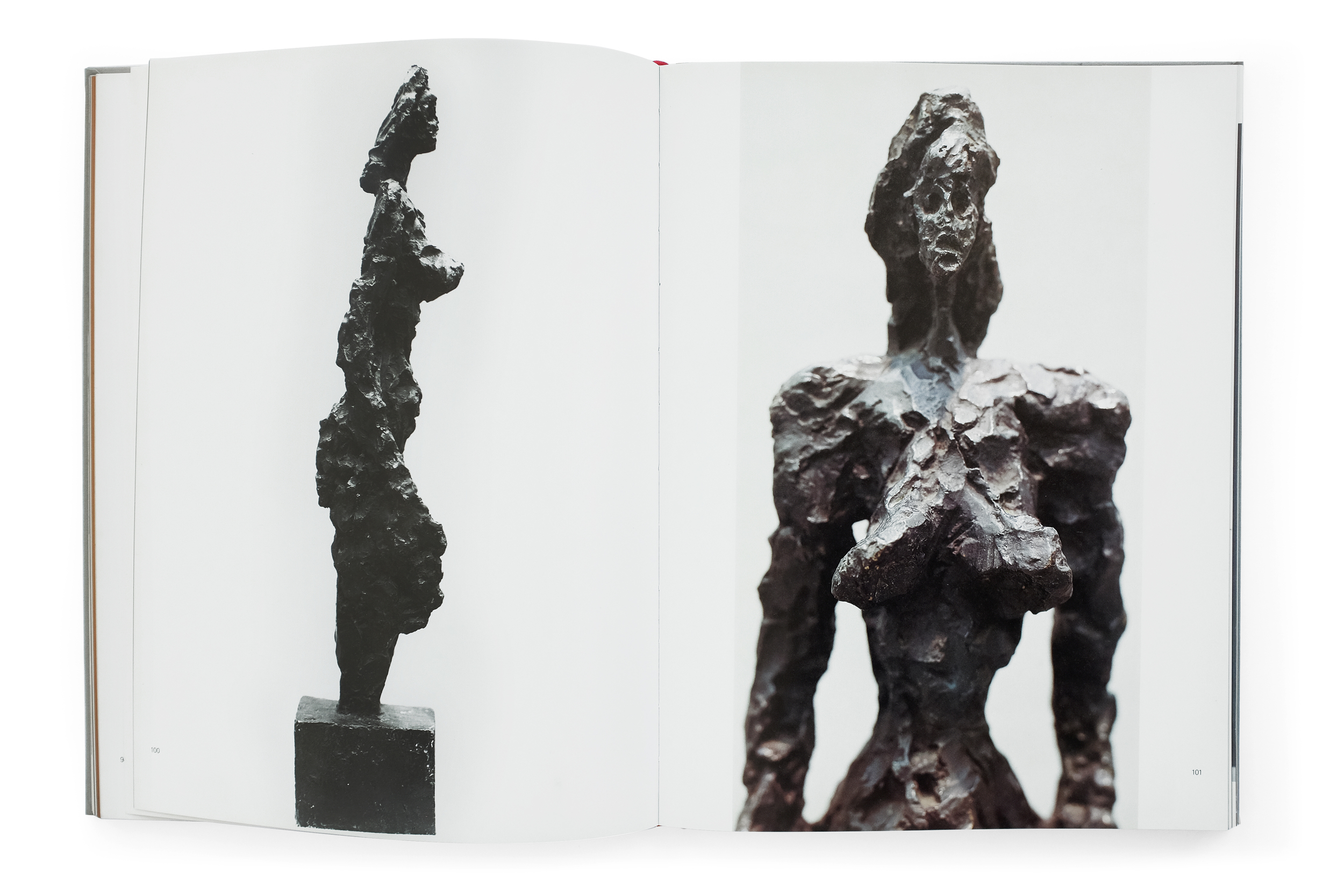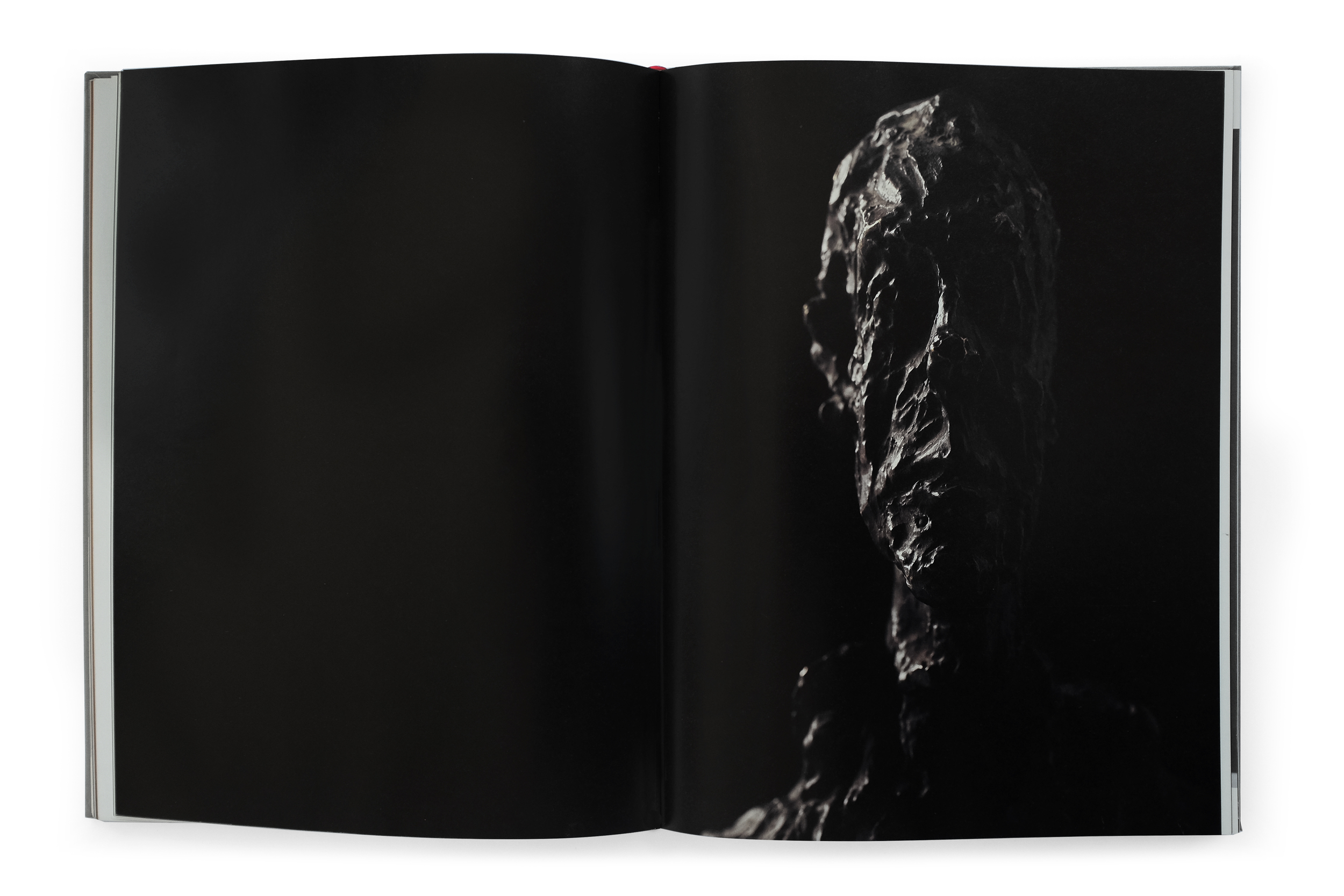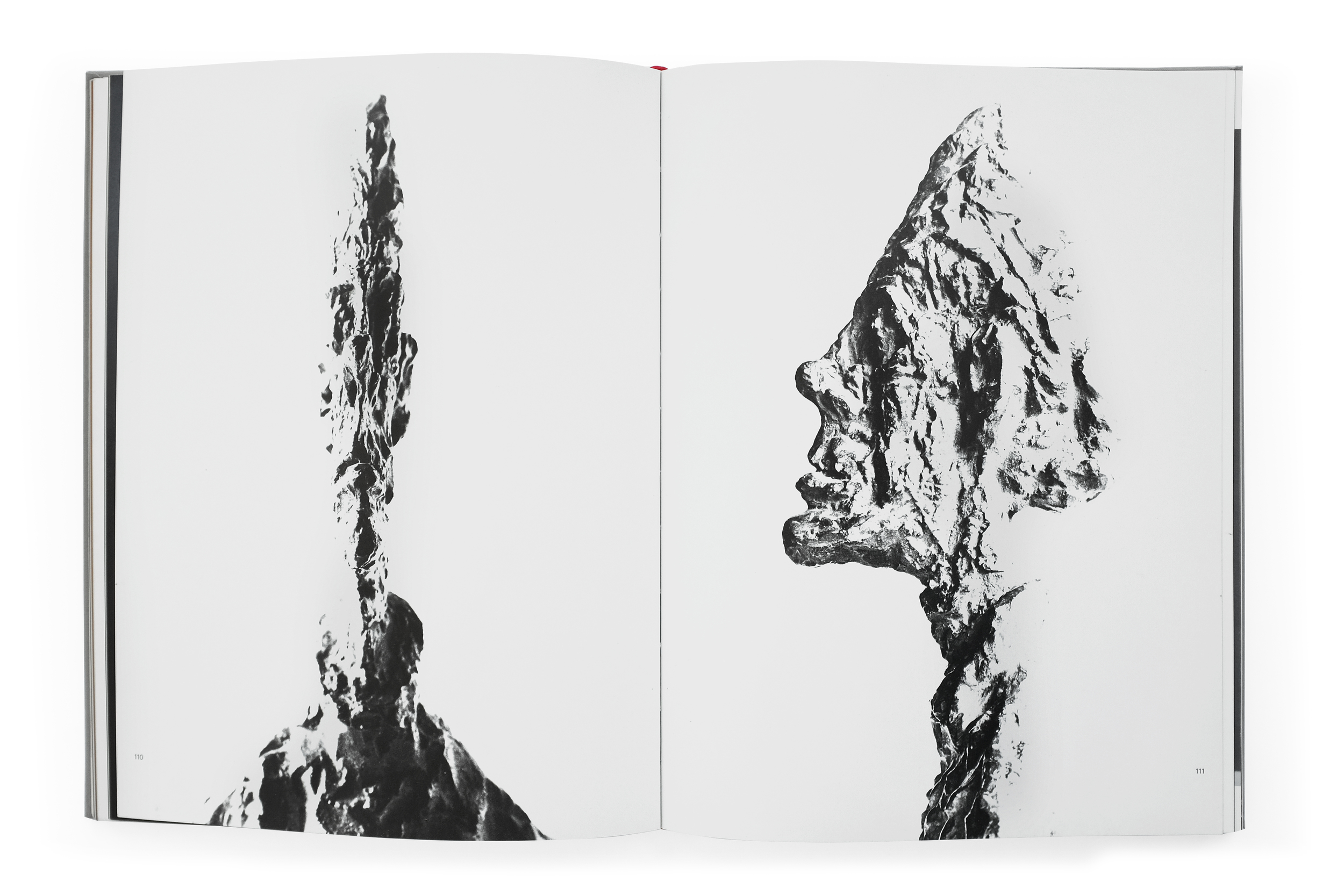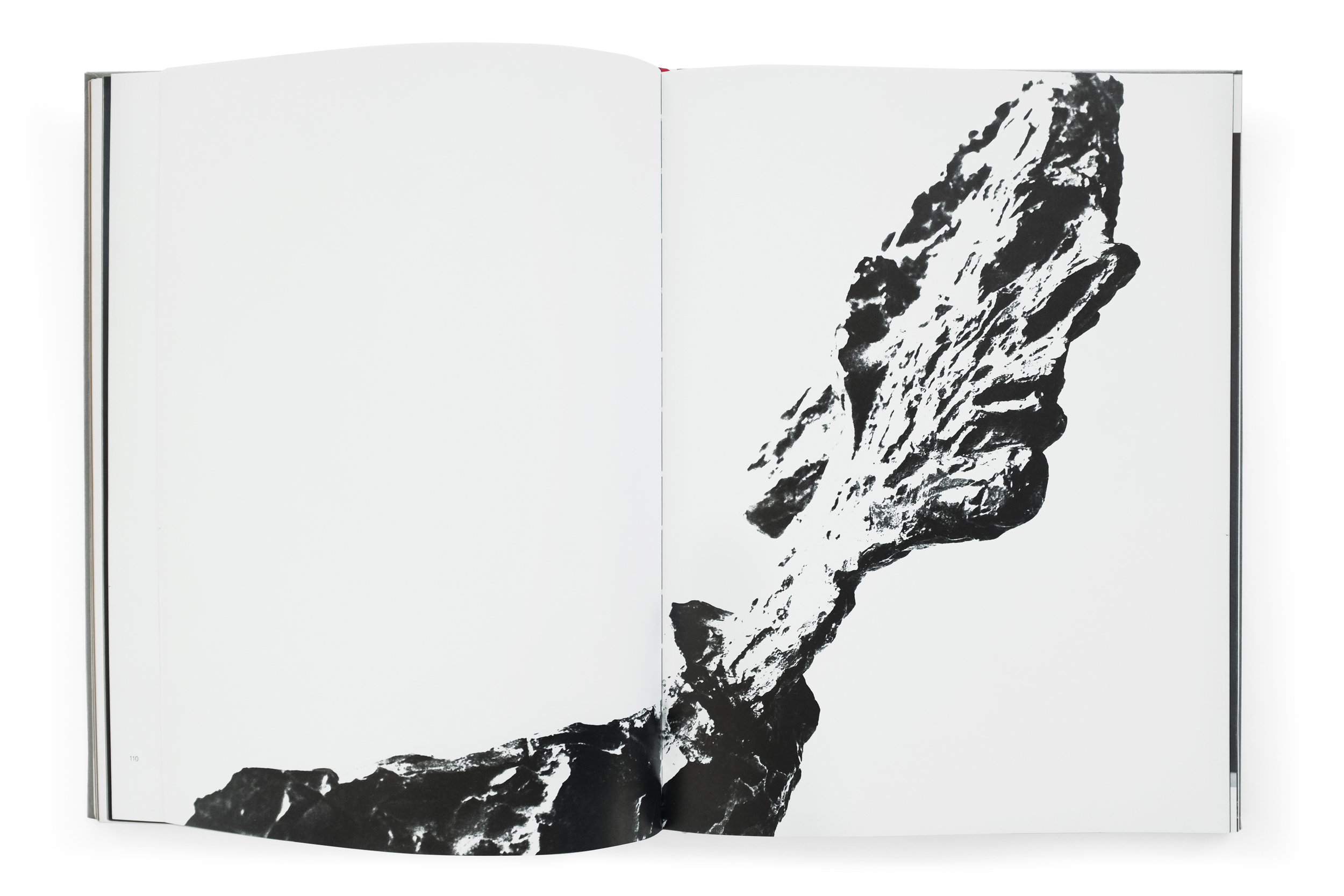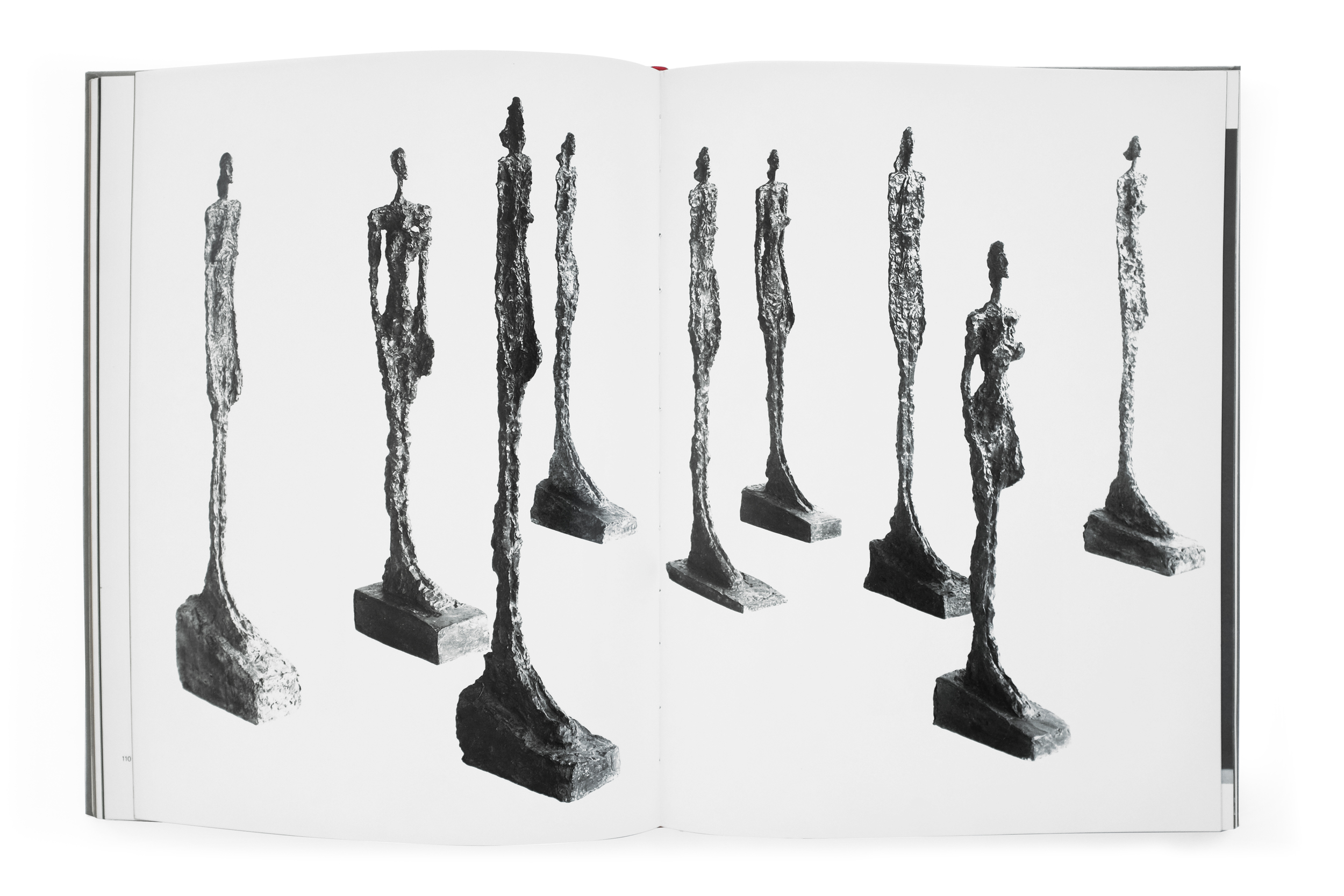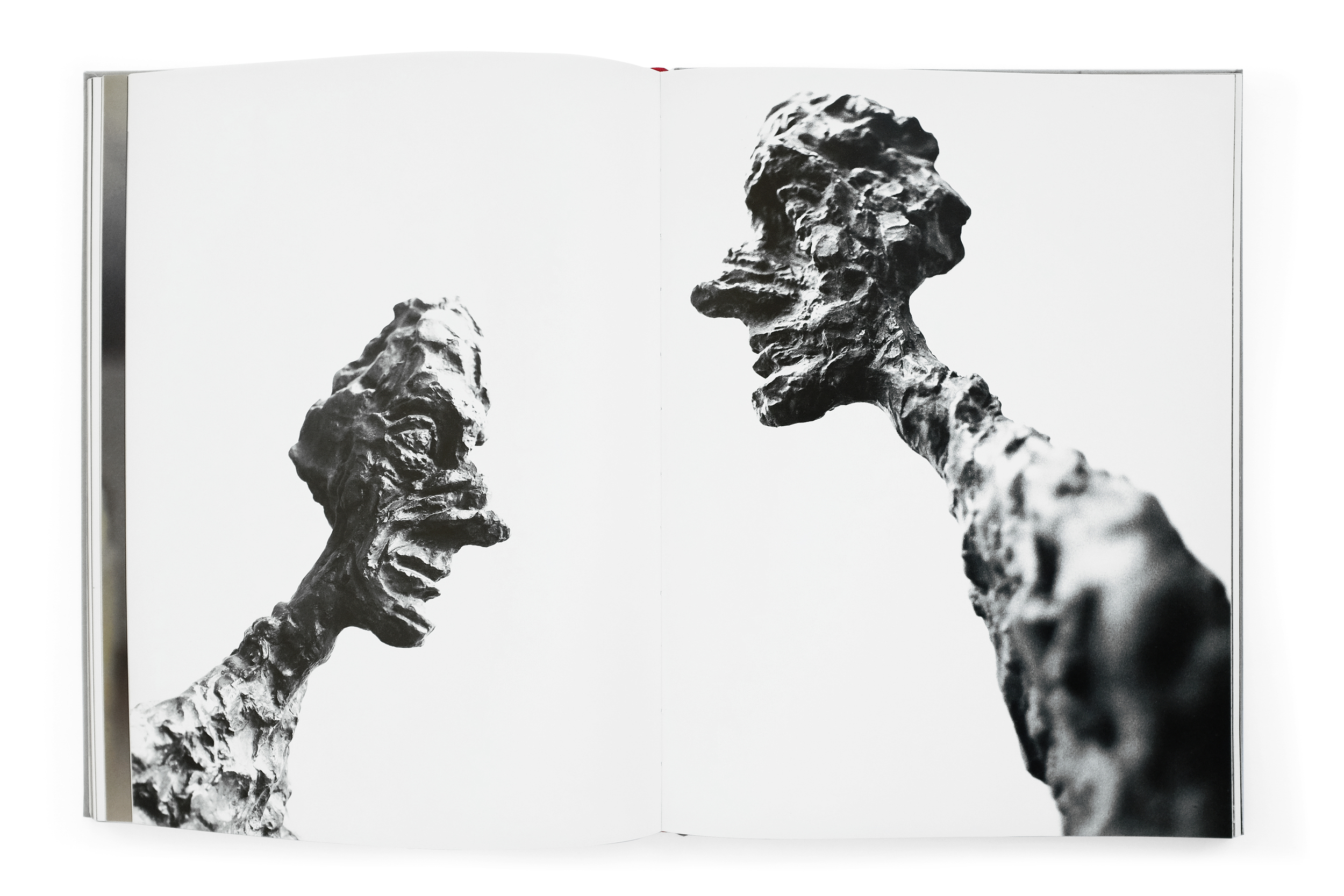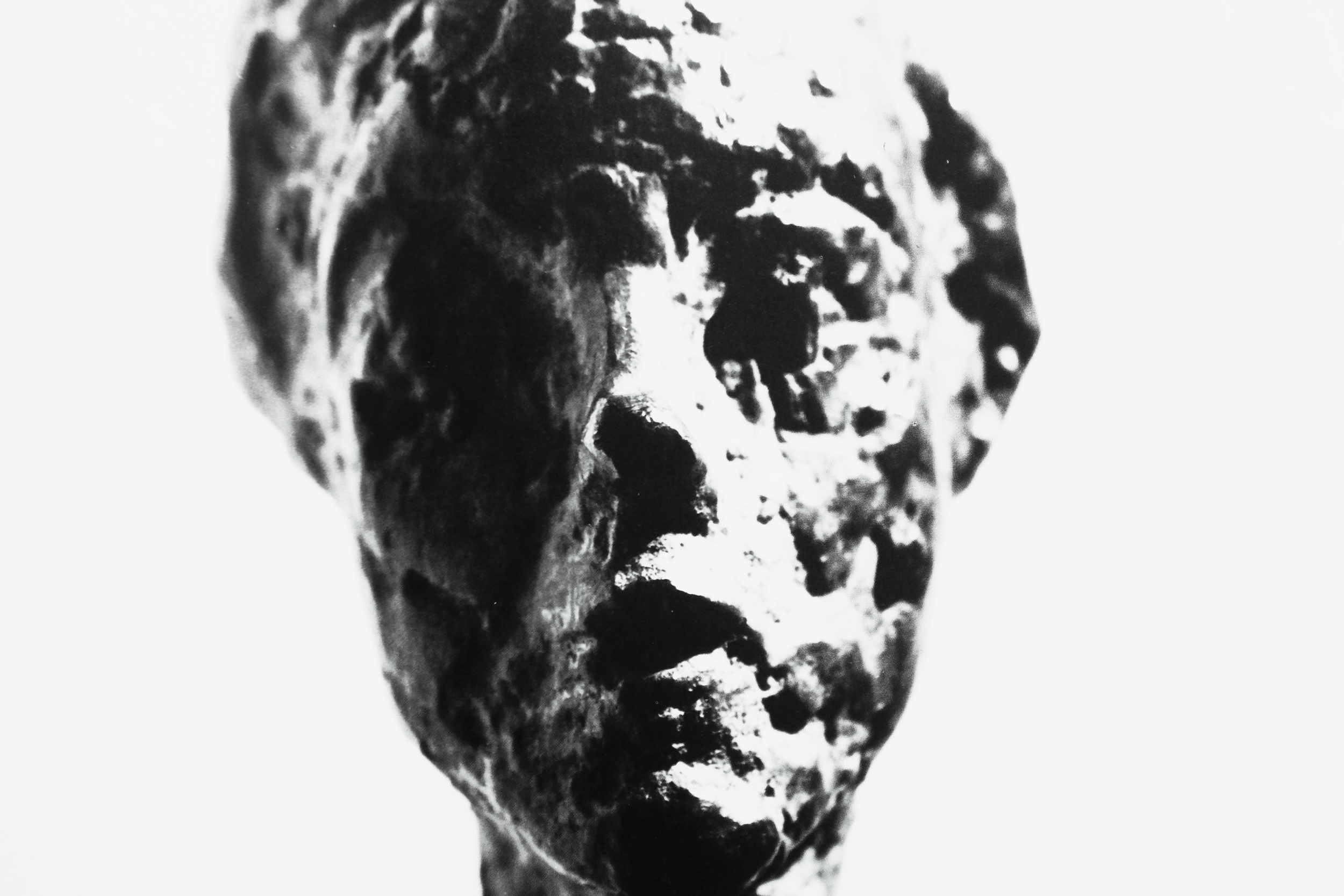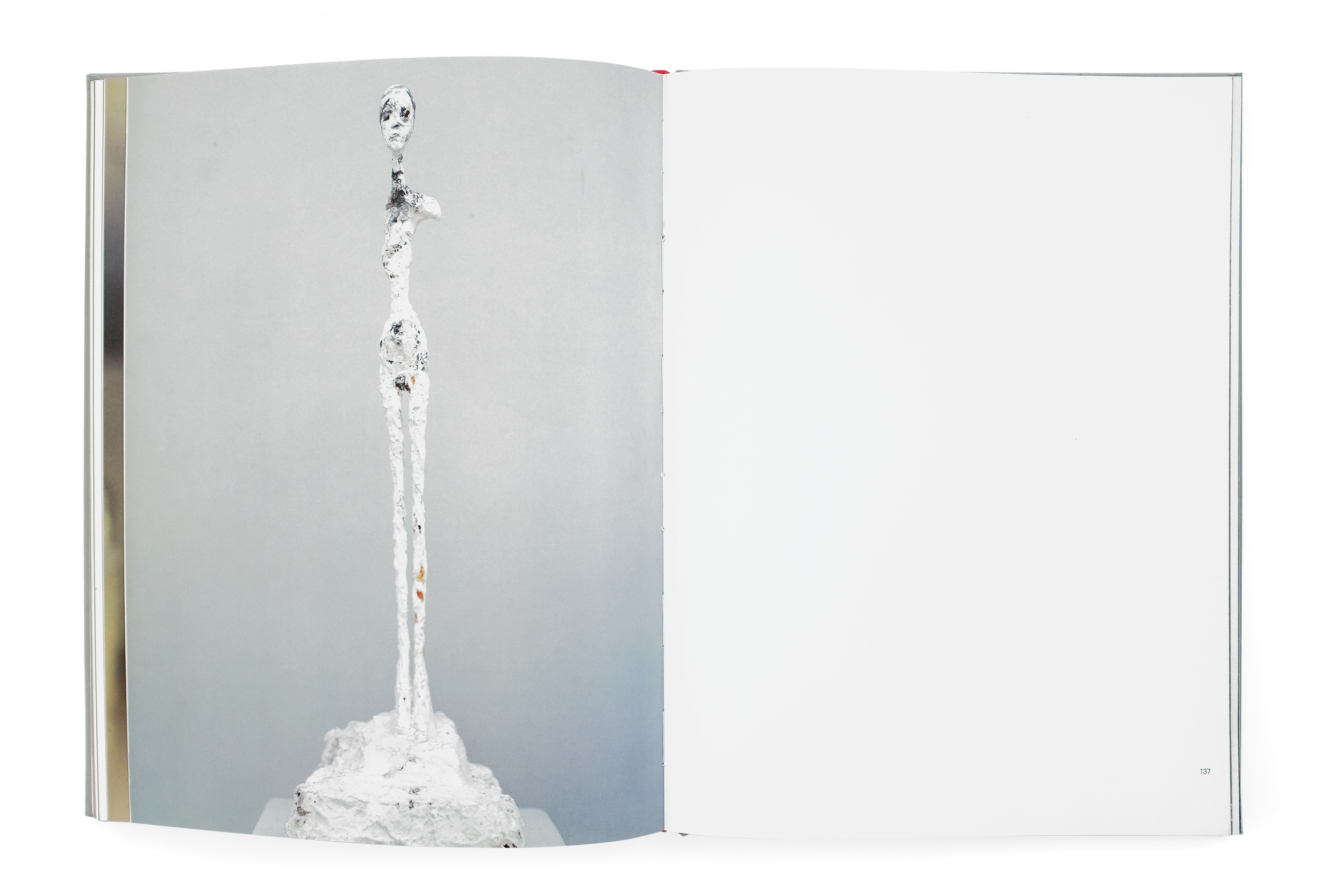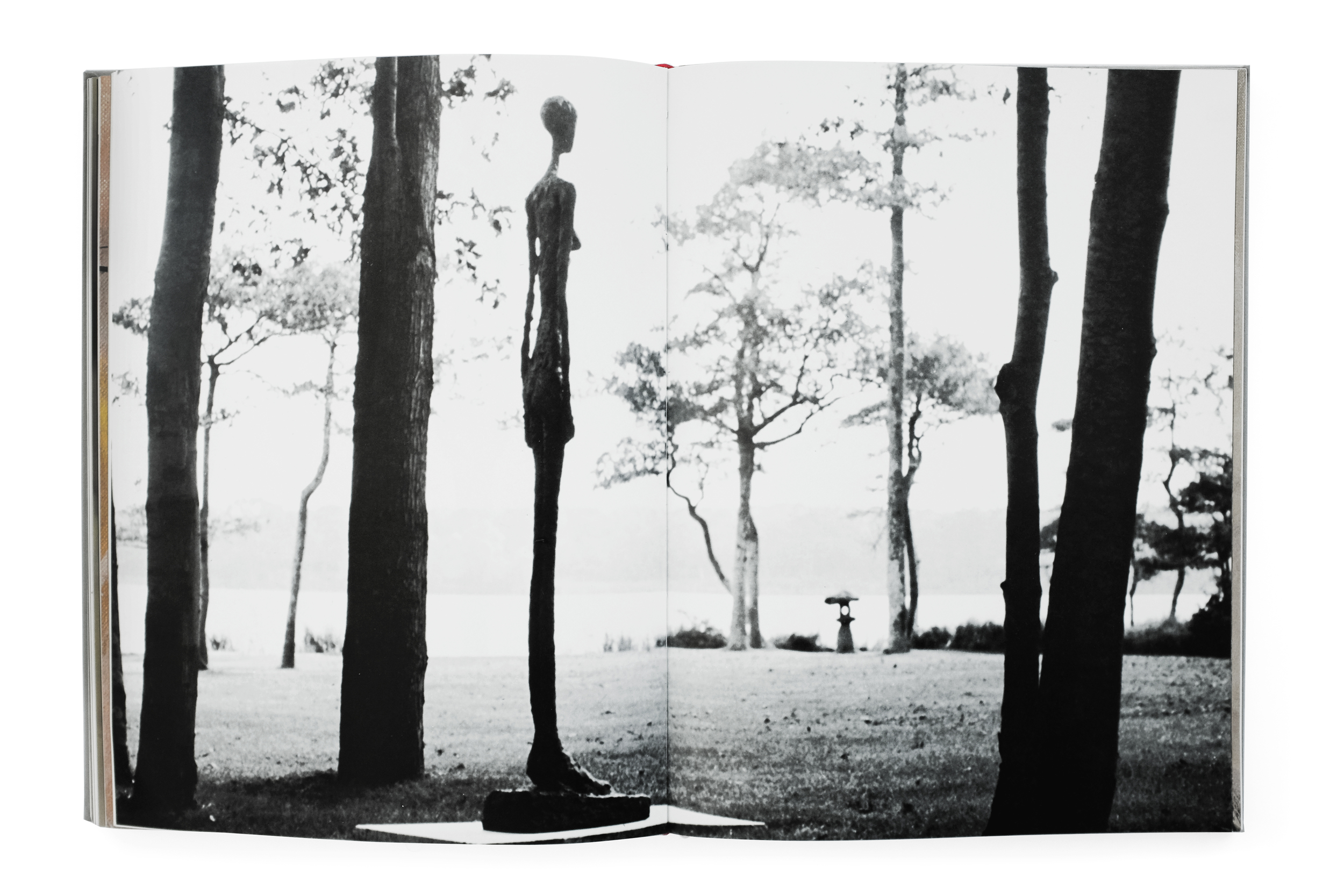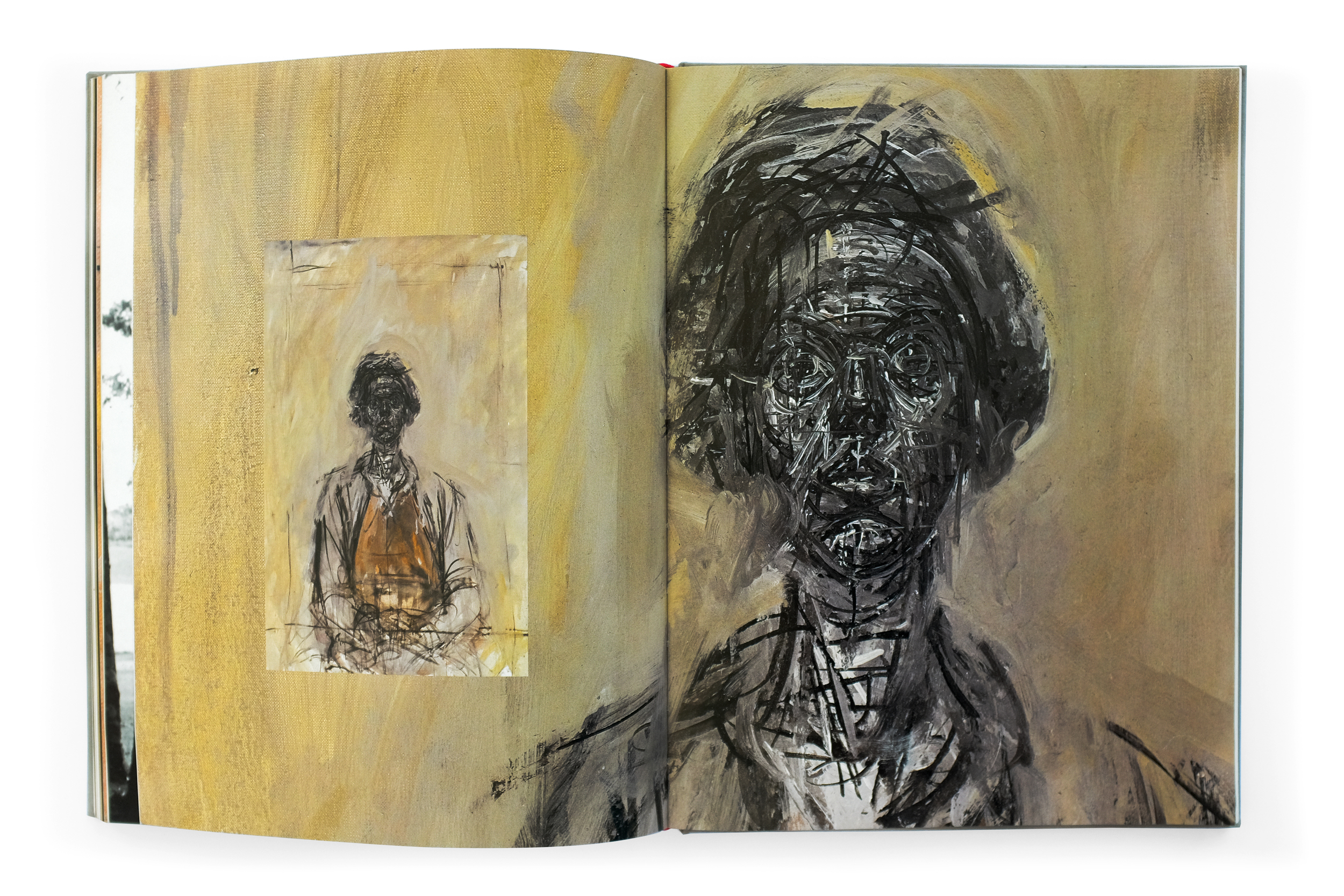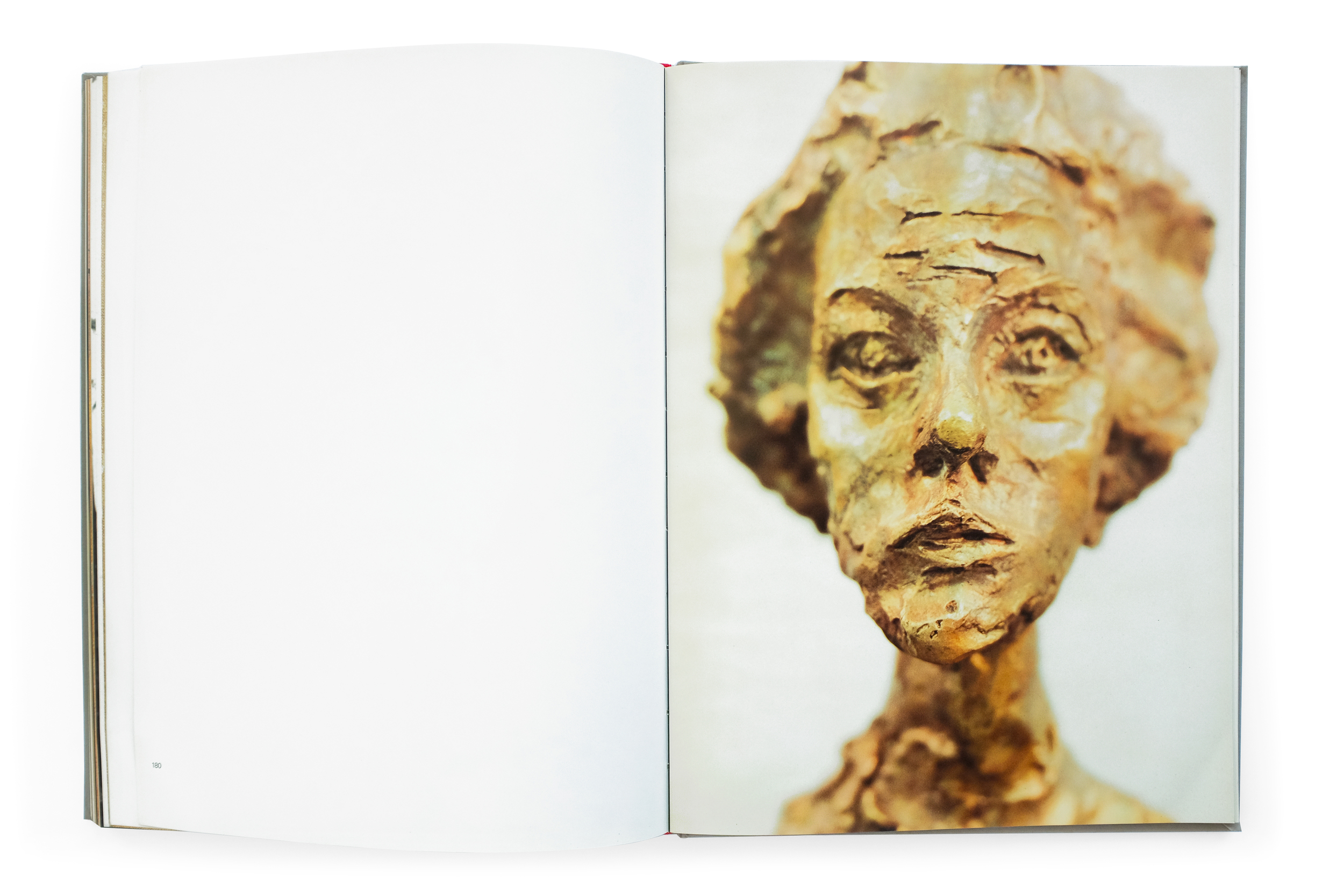Alberto Giacometti
Alberto Giacometti
1987
Abrams
224 pp.
design by Herbert Matter
printed in Japan
This is a powerful book documenting an uncompromising view of Giacometti's work through the eyes of the esteemed Herbet Matter. Giacometti himself said that Matter had captured his works in their purest form, celebrating the photographs as a masterful achievement. This book captures the total series in a publication also designed by Matter. It opens with beautiful view of Switzerland—Giacometti and Herbert Matter's home country. The next section delves into Giacometti's cluttered studio, capturing it in a dramatic light, imbuing the space with a kind of poetic nostalgia for the quintessential artist atelier of that era.
The final photographic section is a sprawling study of Giacometti's sculptures, drawings, and paintings. They capture his monolithic figures trapped between a kind of monumental awe and crushing fragility. Matter (and to the credit of the phenomenal publisher, Abrams) gives these photographic works the time and space they need to breathe and imprint a lasting impact on the viewer. The book is both massive in scale and length, never once feeling rushed or tedious. The variety of scale, light, color, and form create an entrancing experience navigating it. If there was ever a book that comes close to capturing the stirring and poignant experience of looking at a Giacometti in person, it is this.
